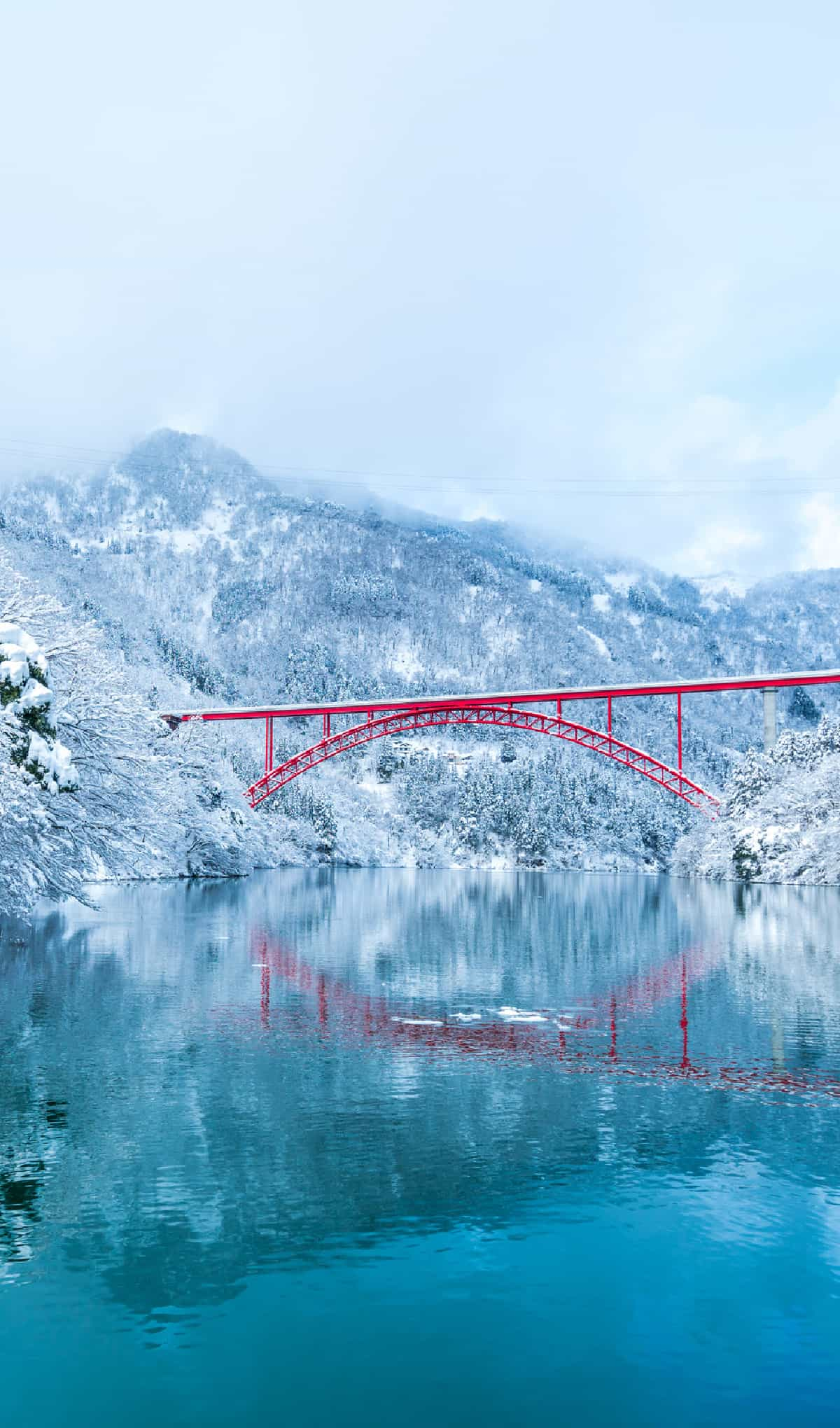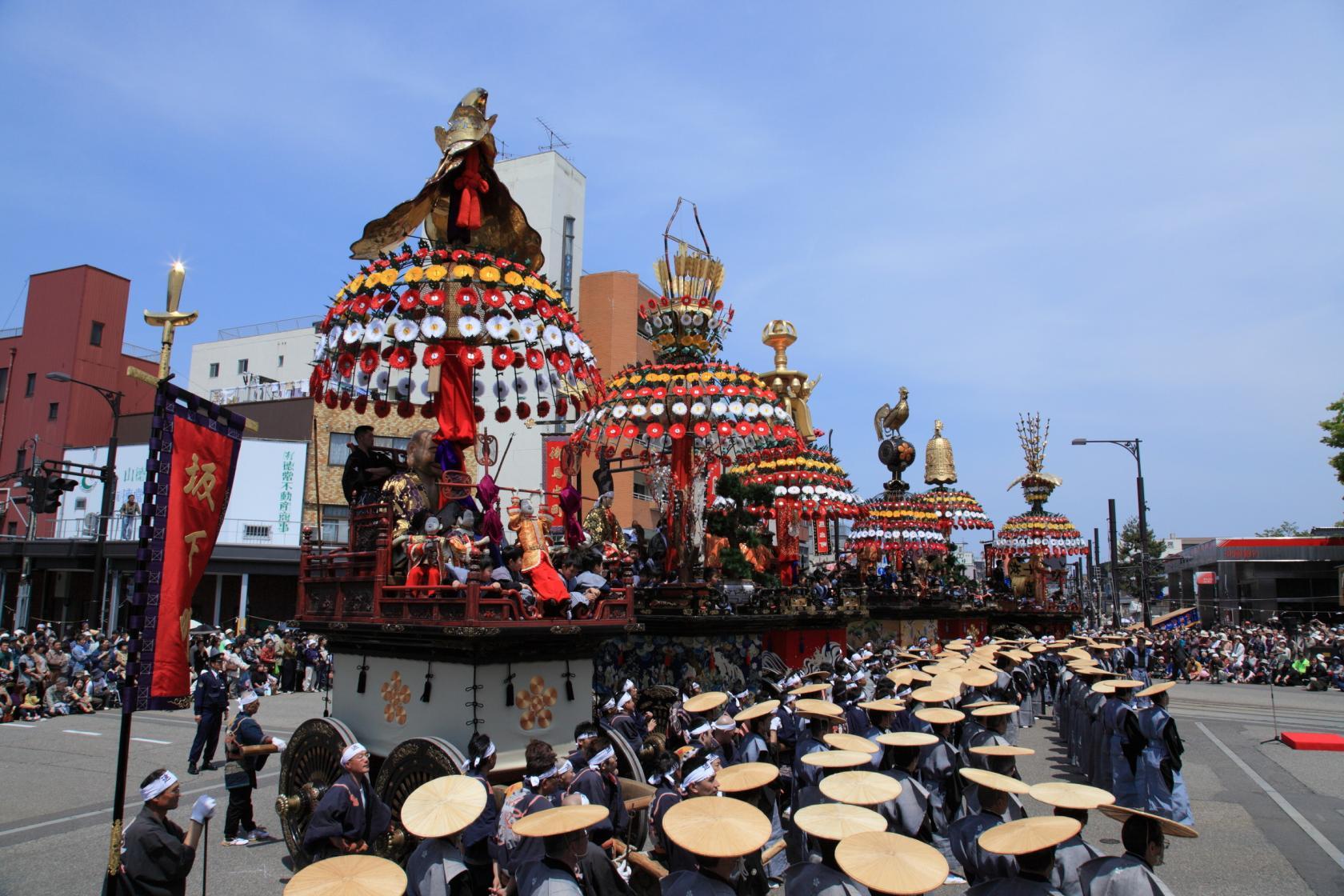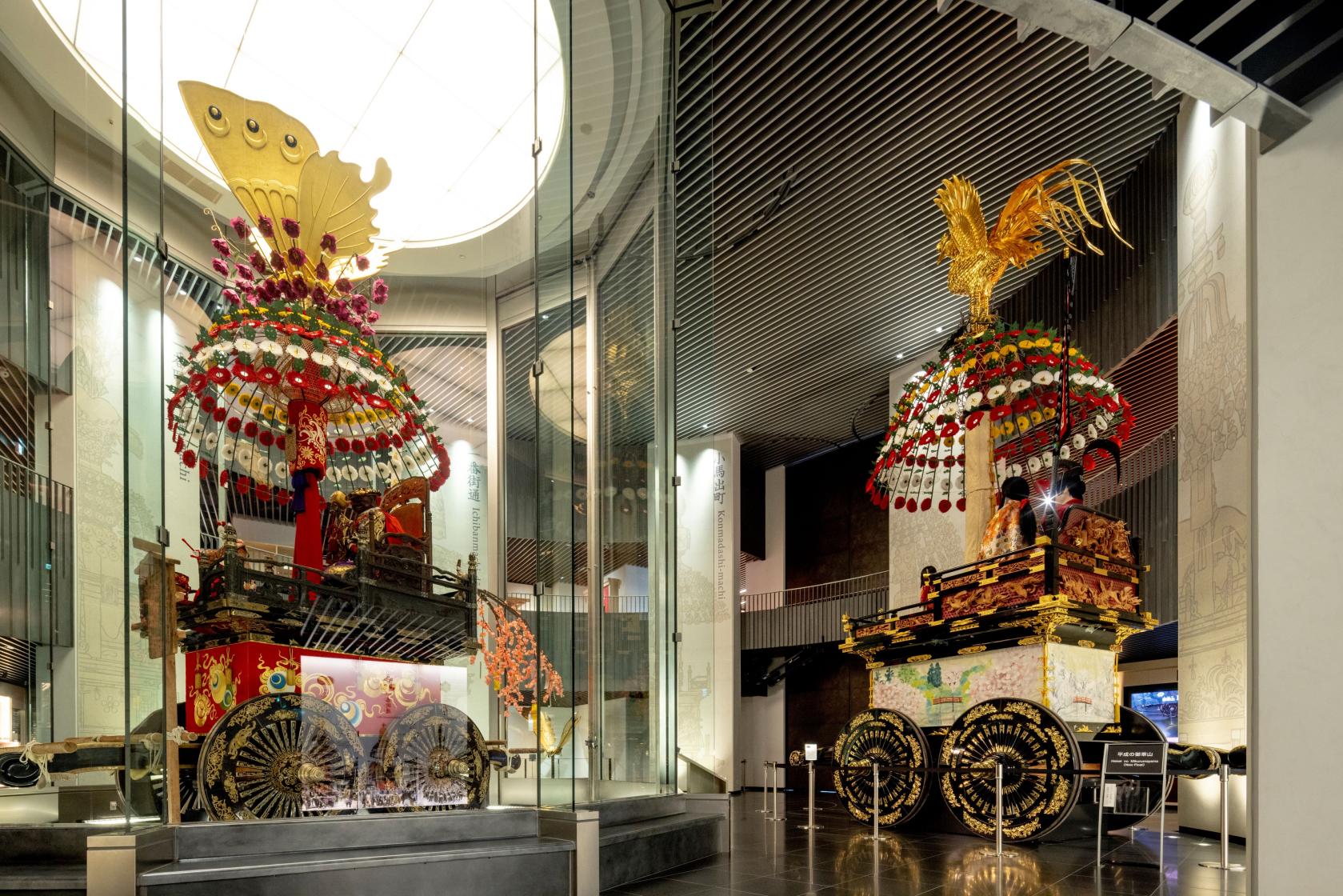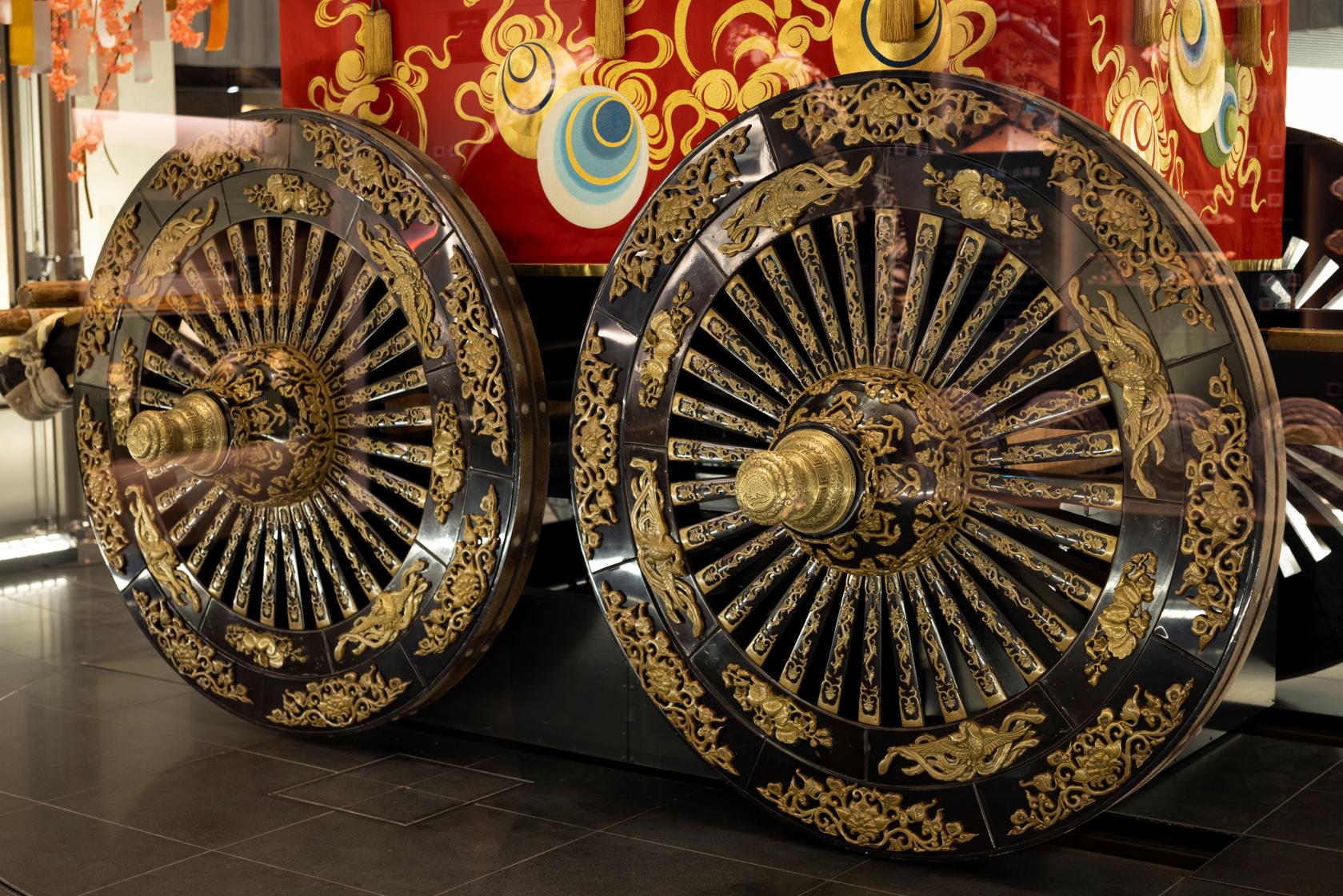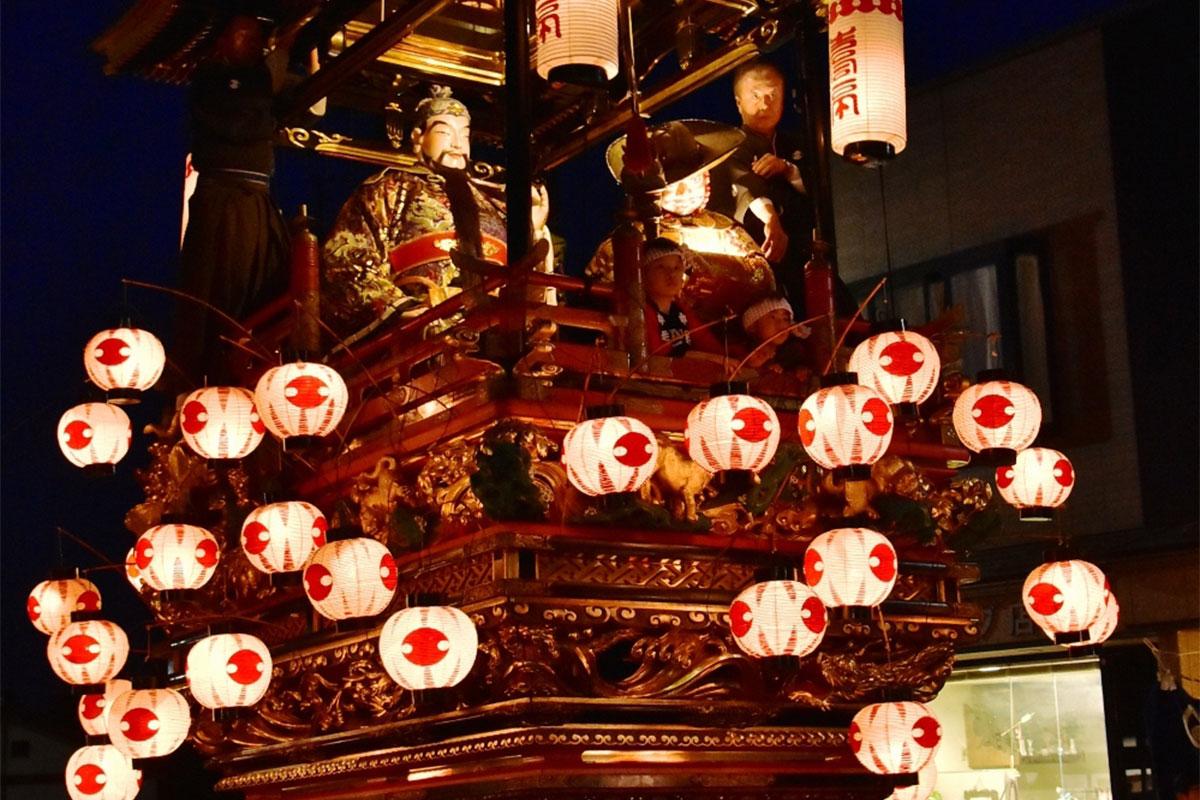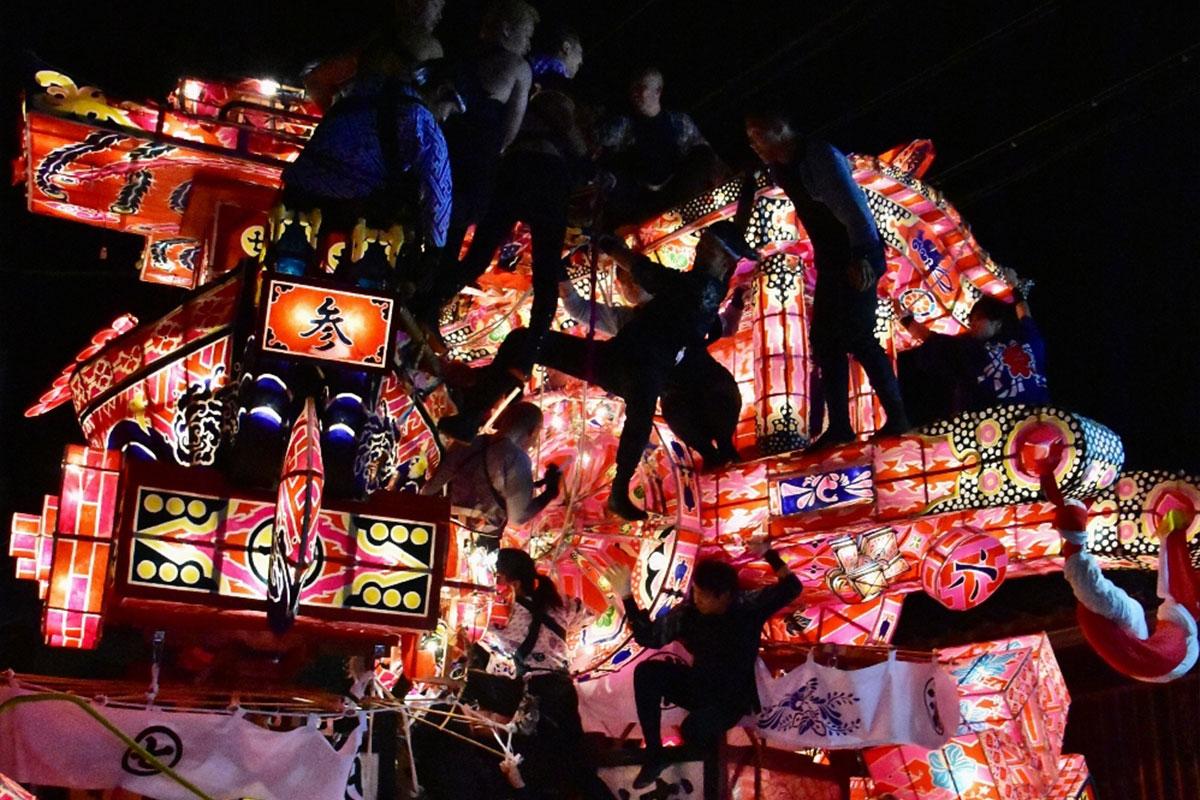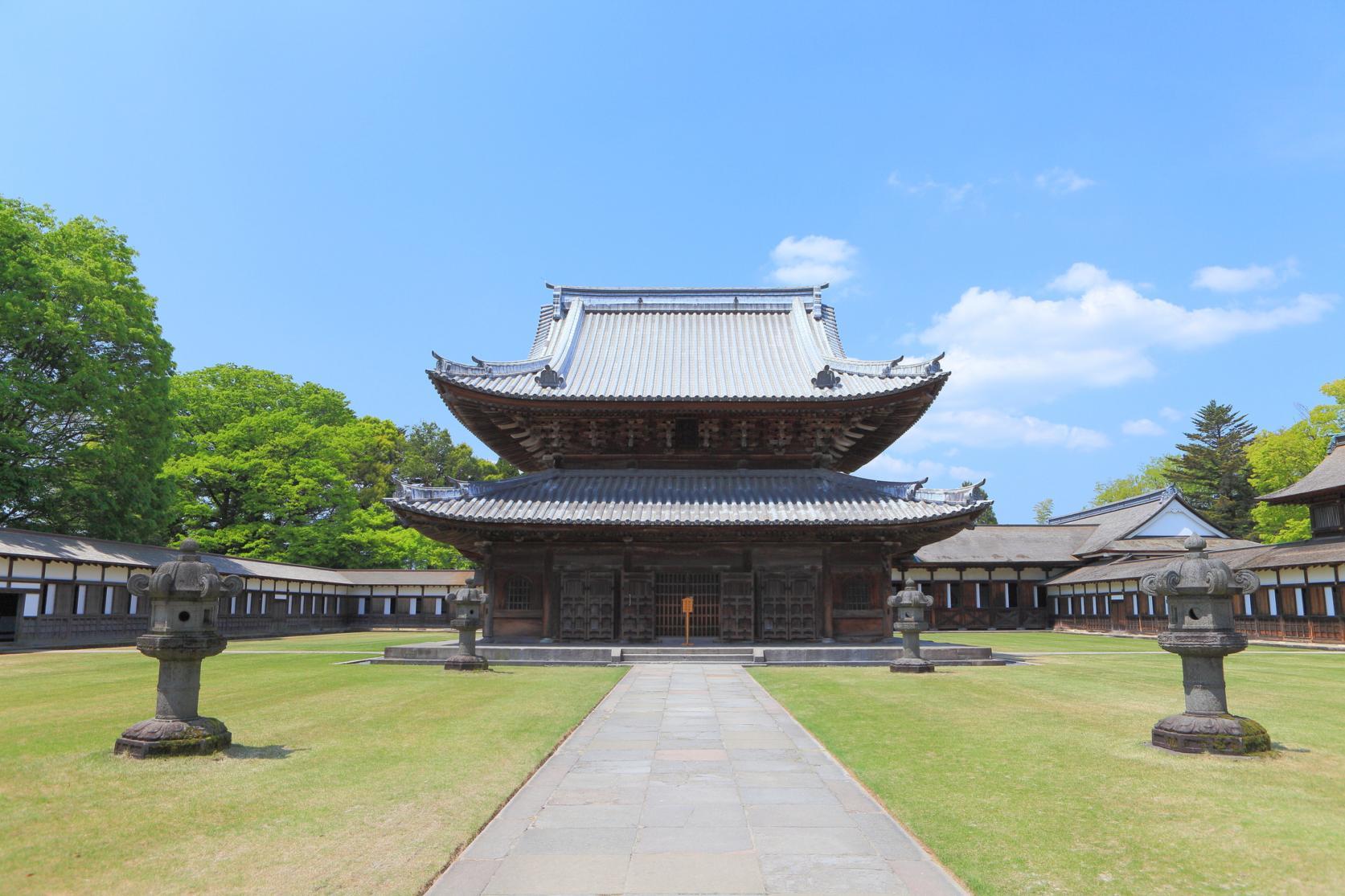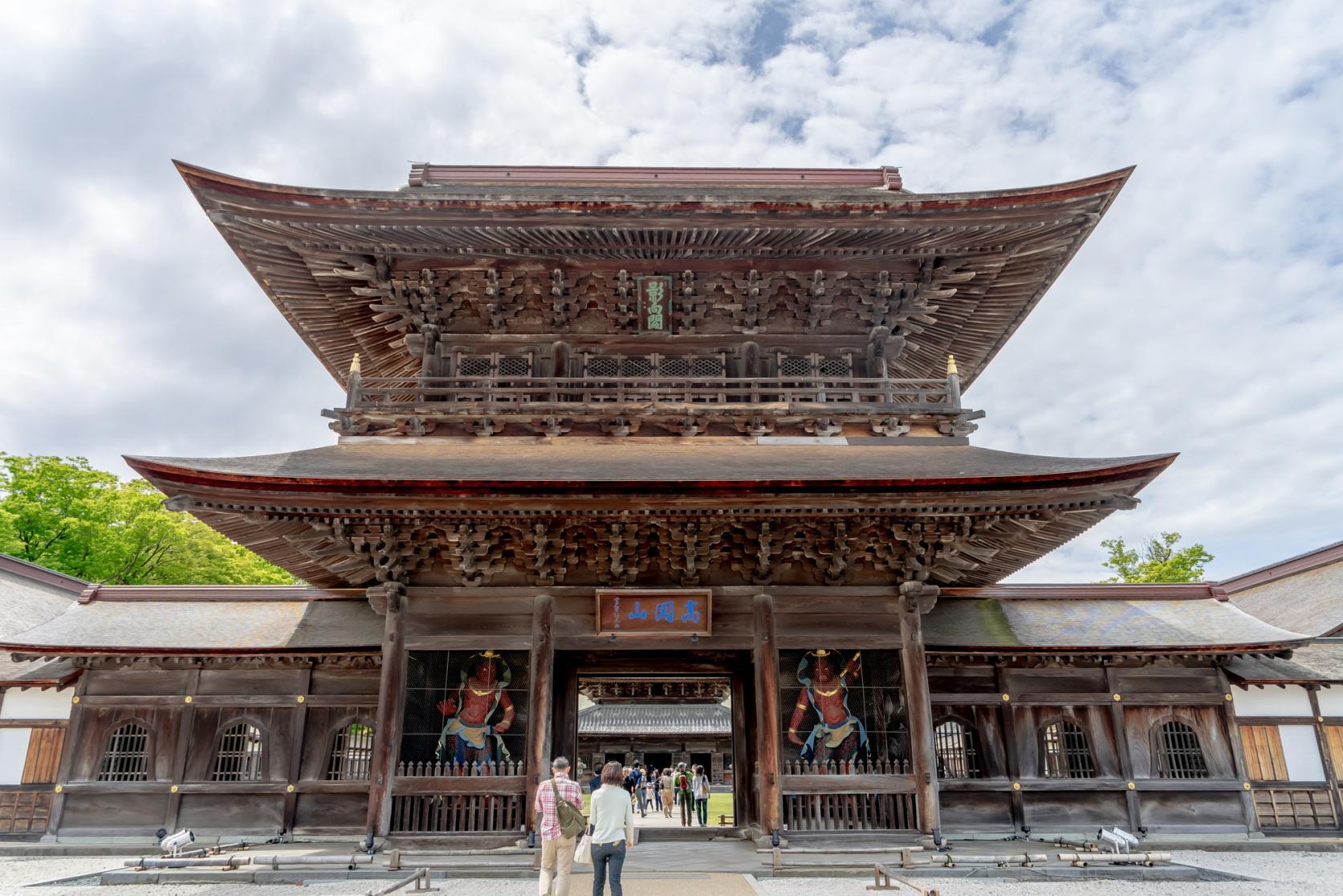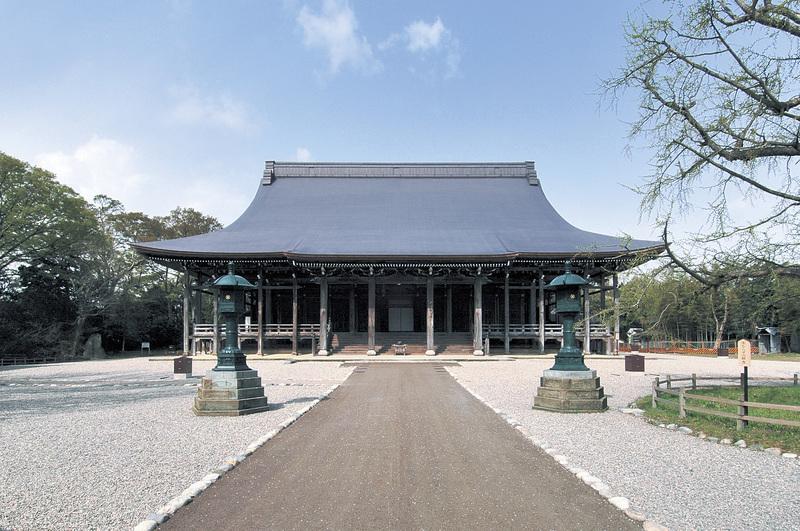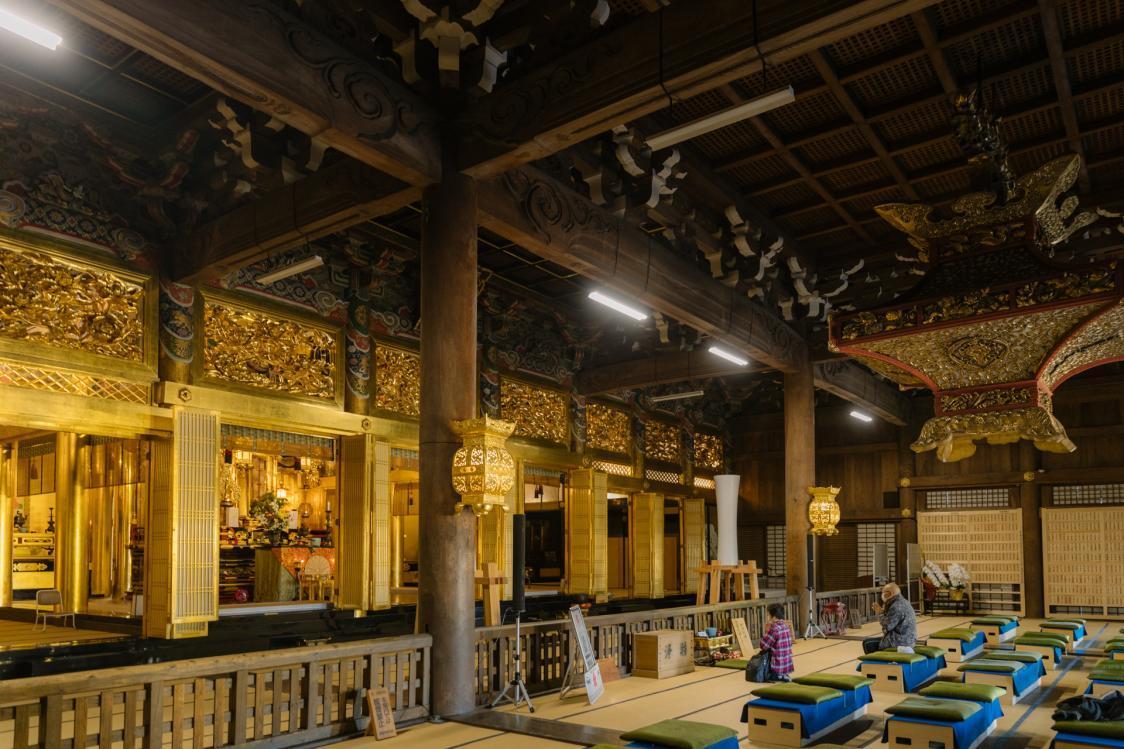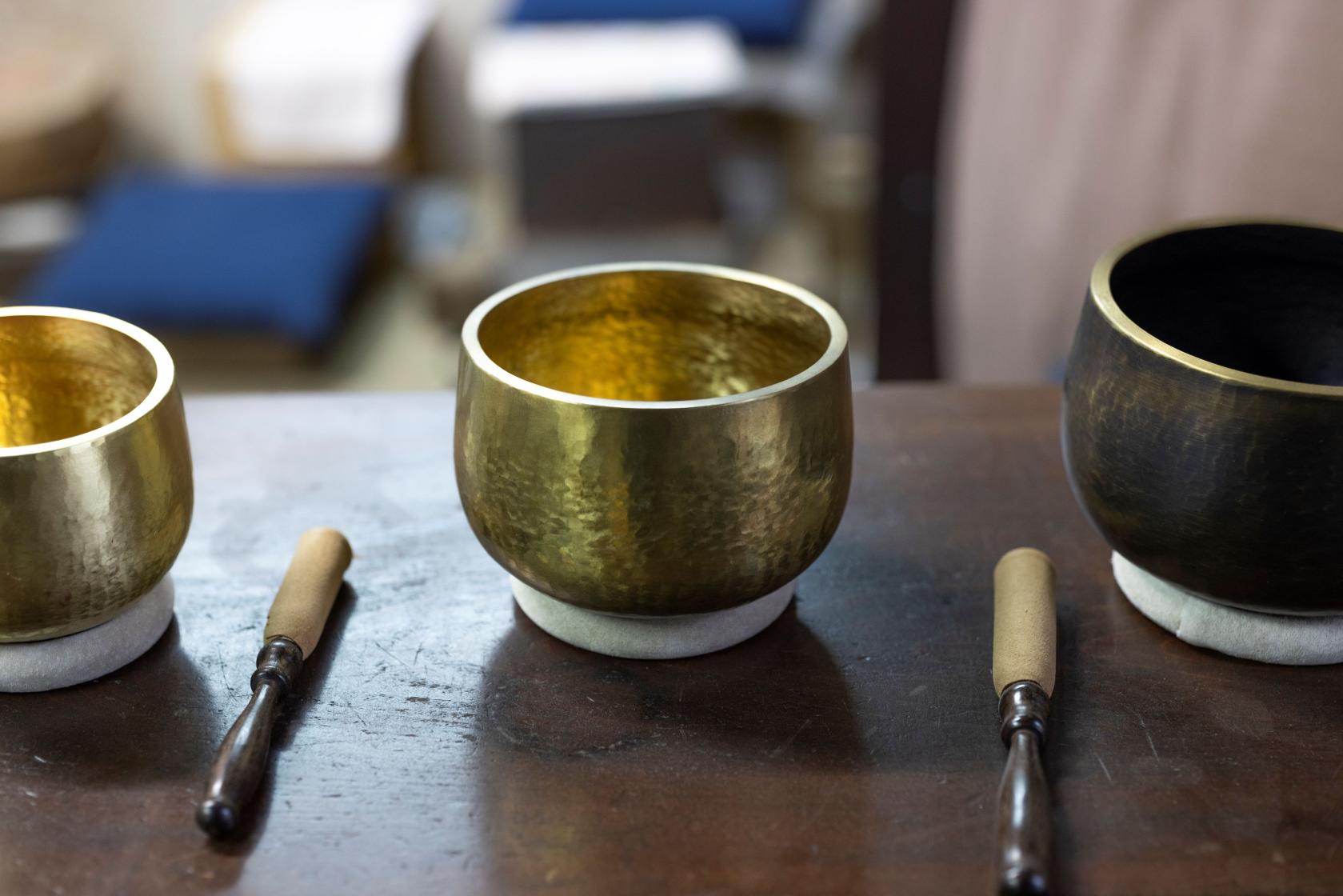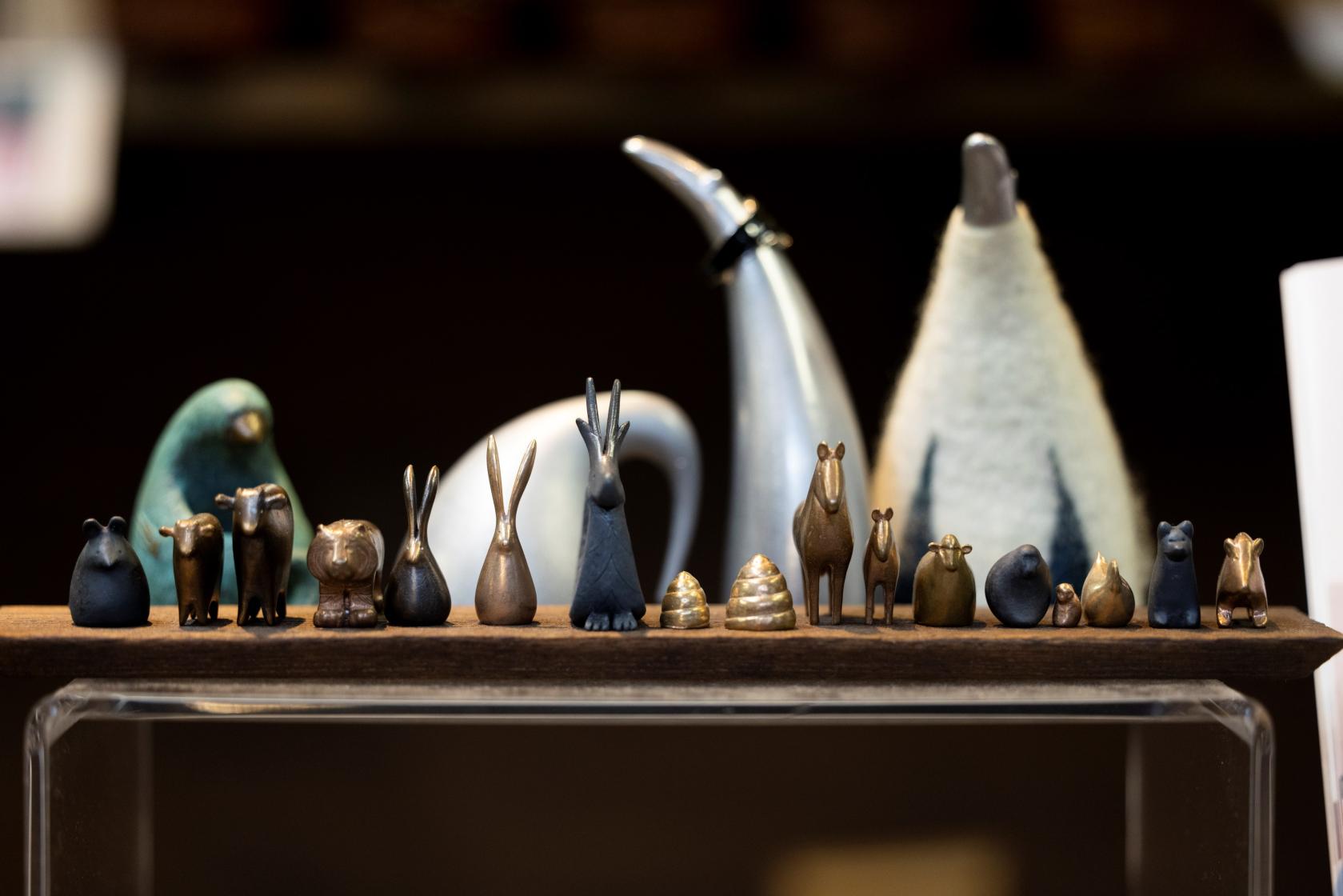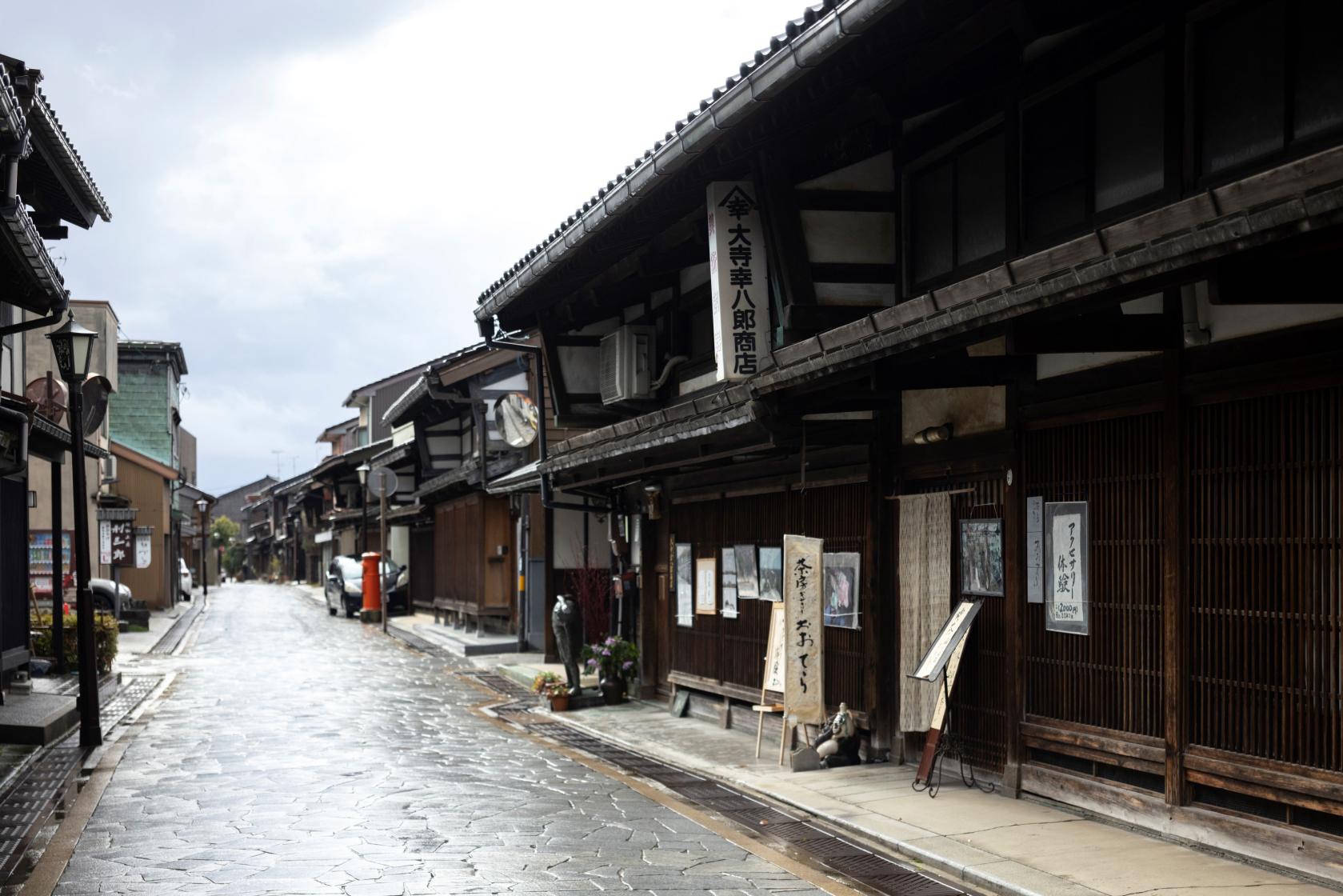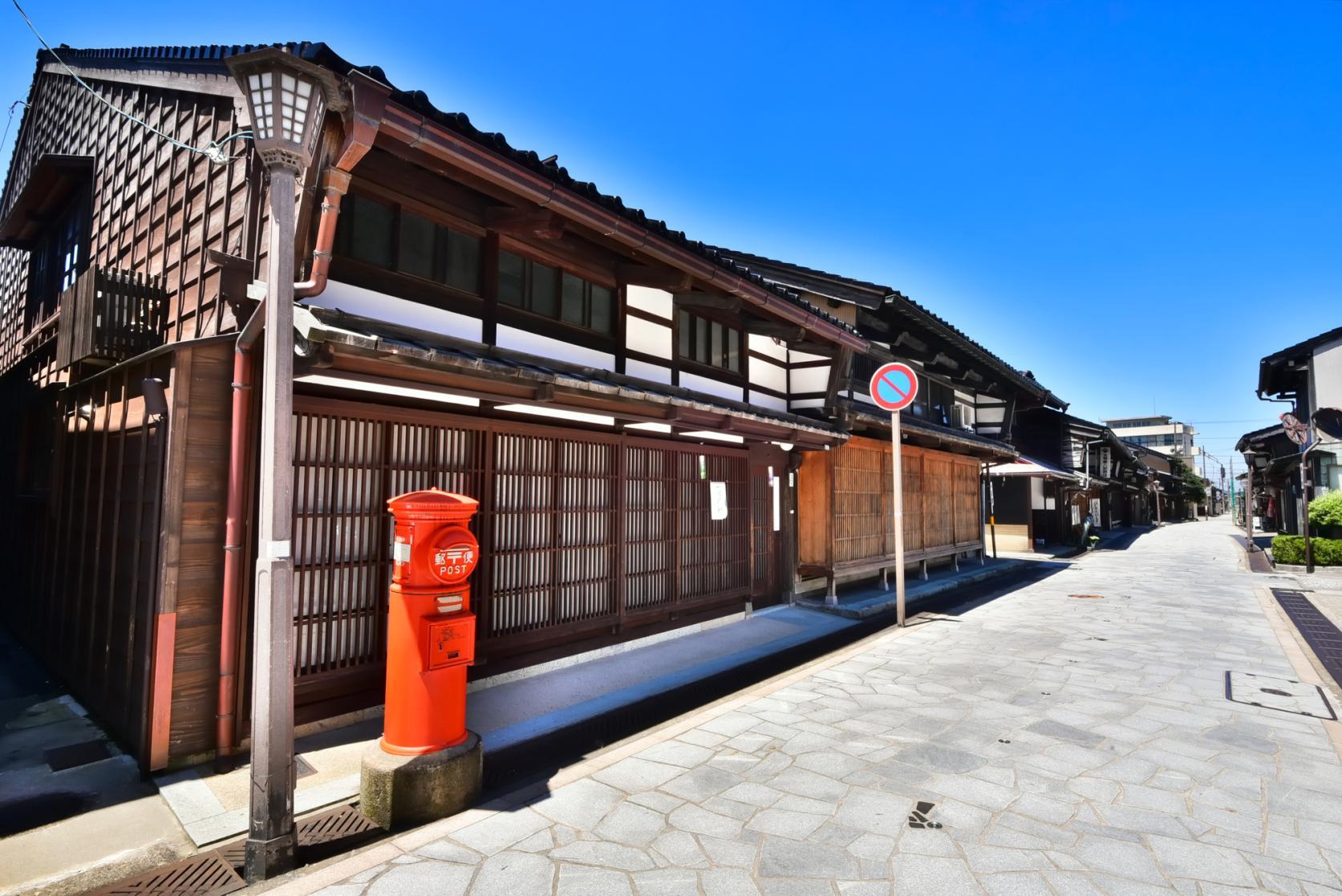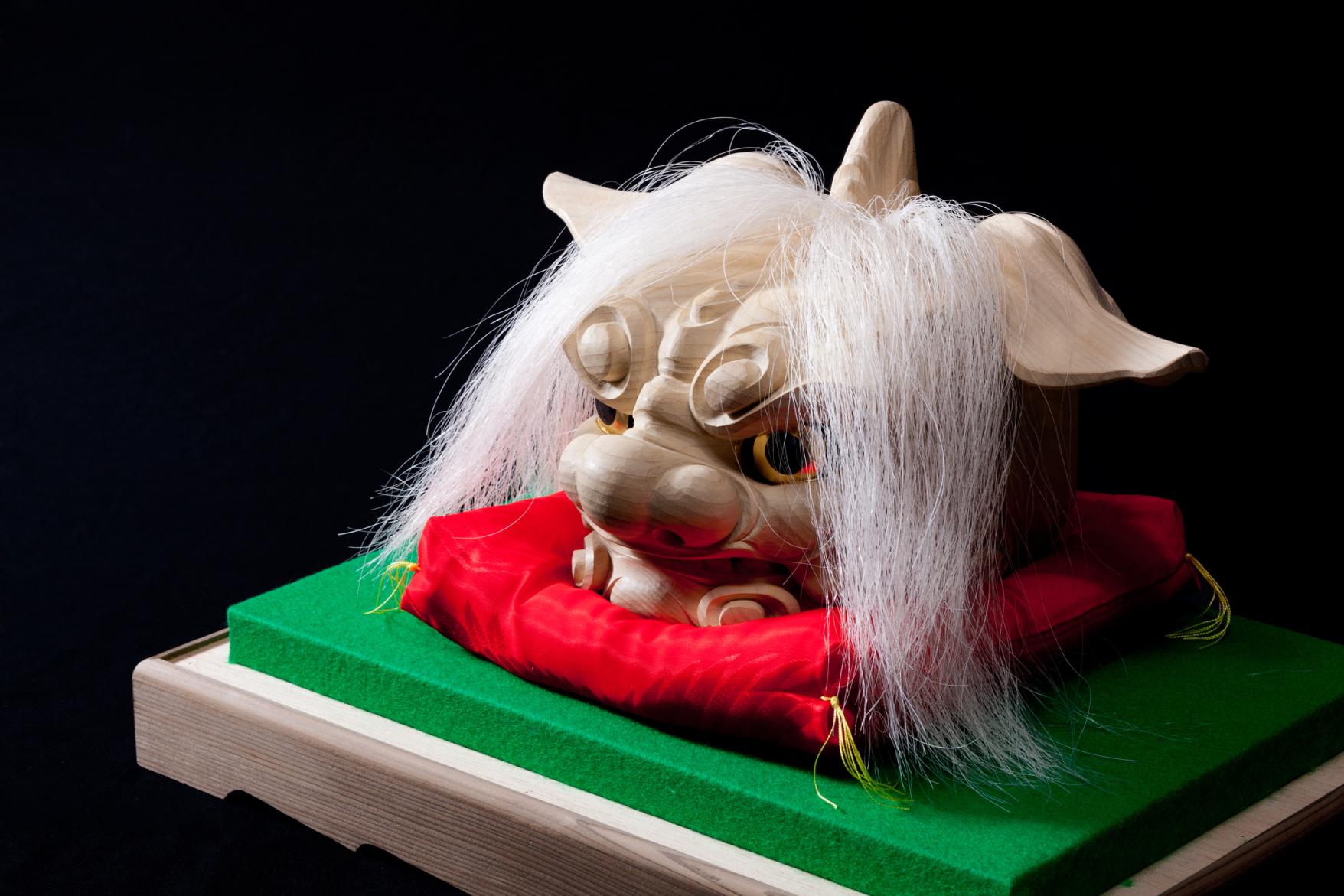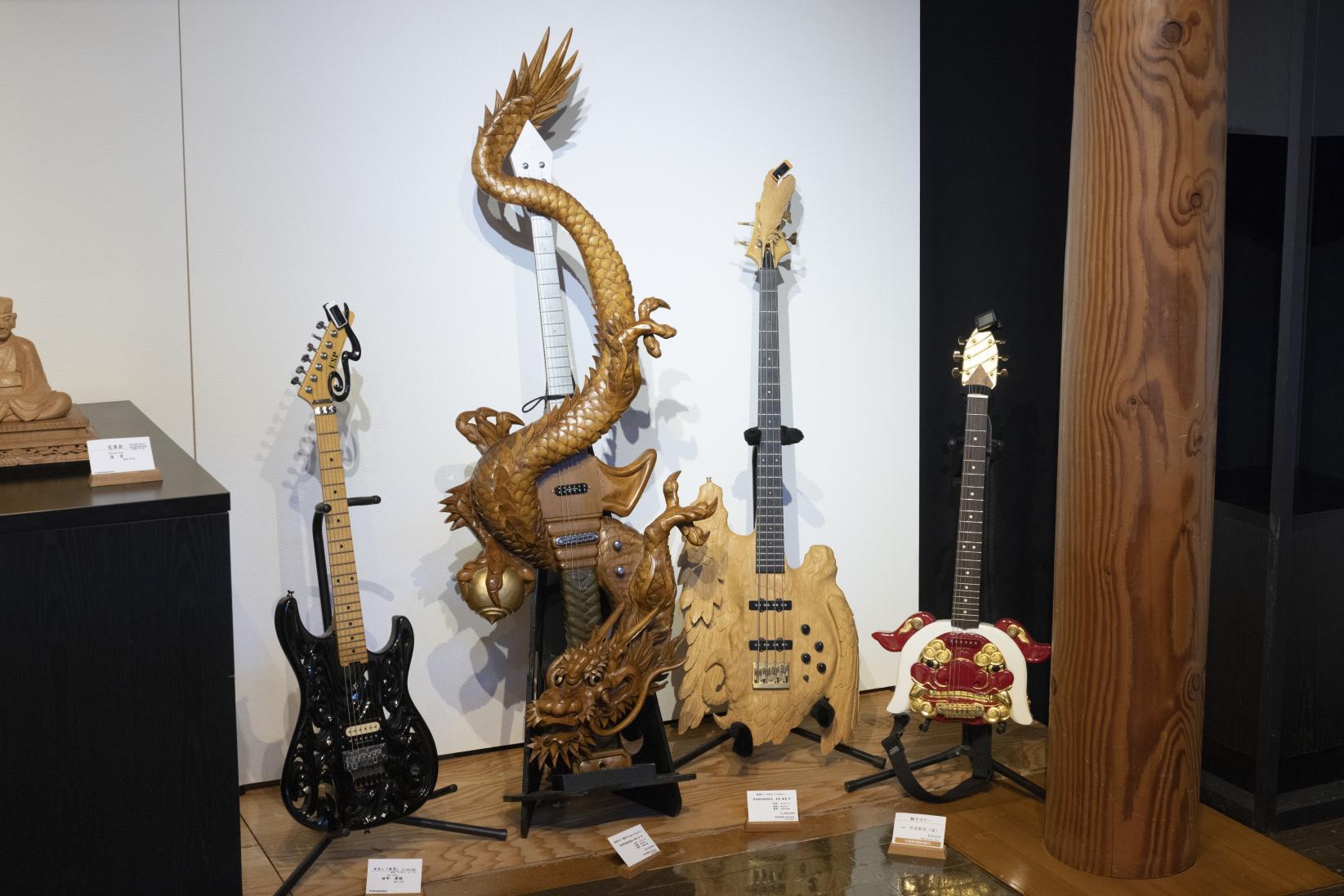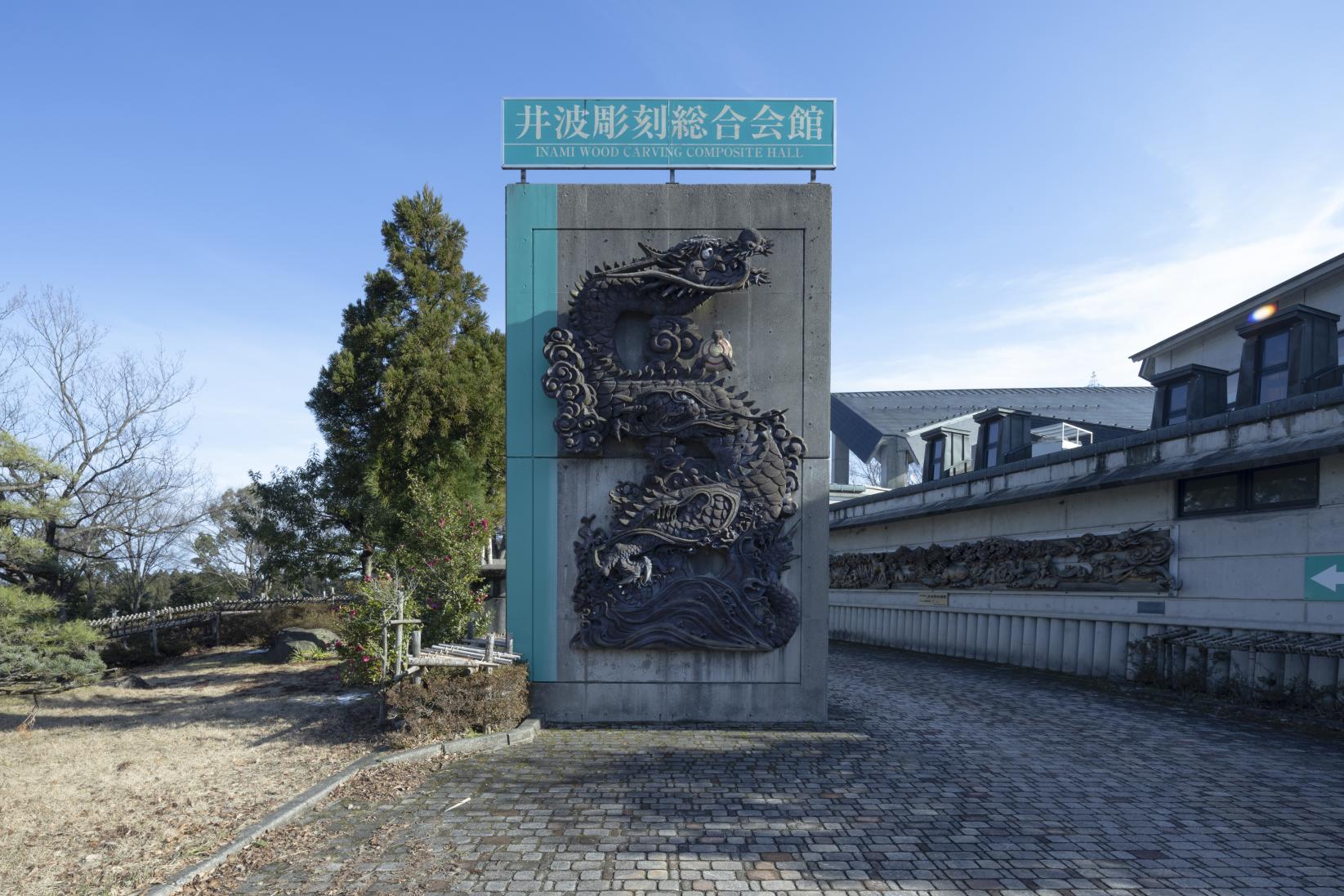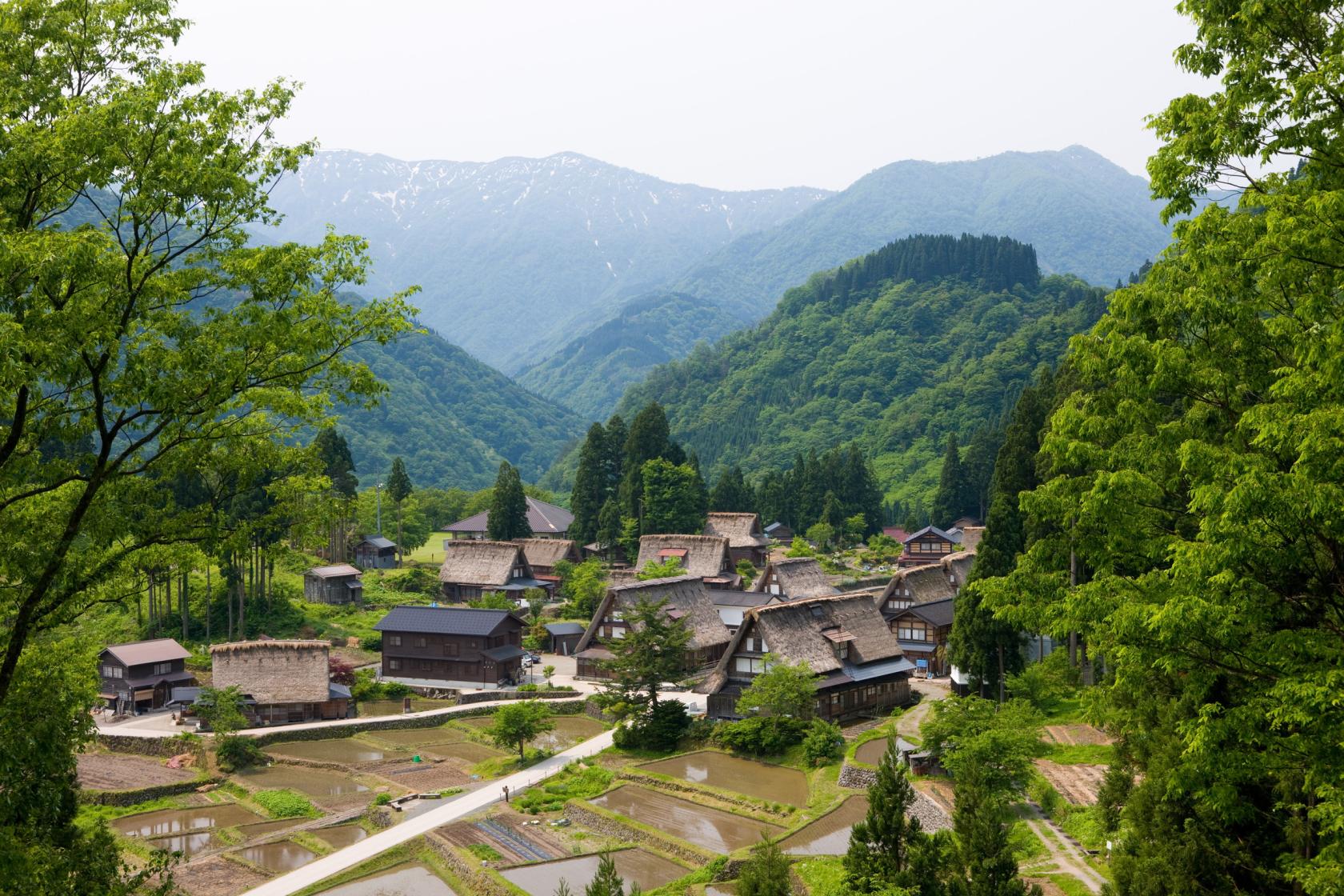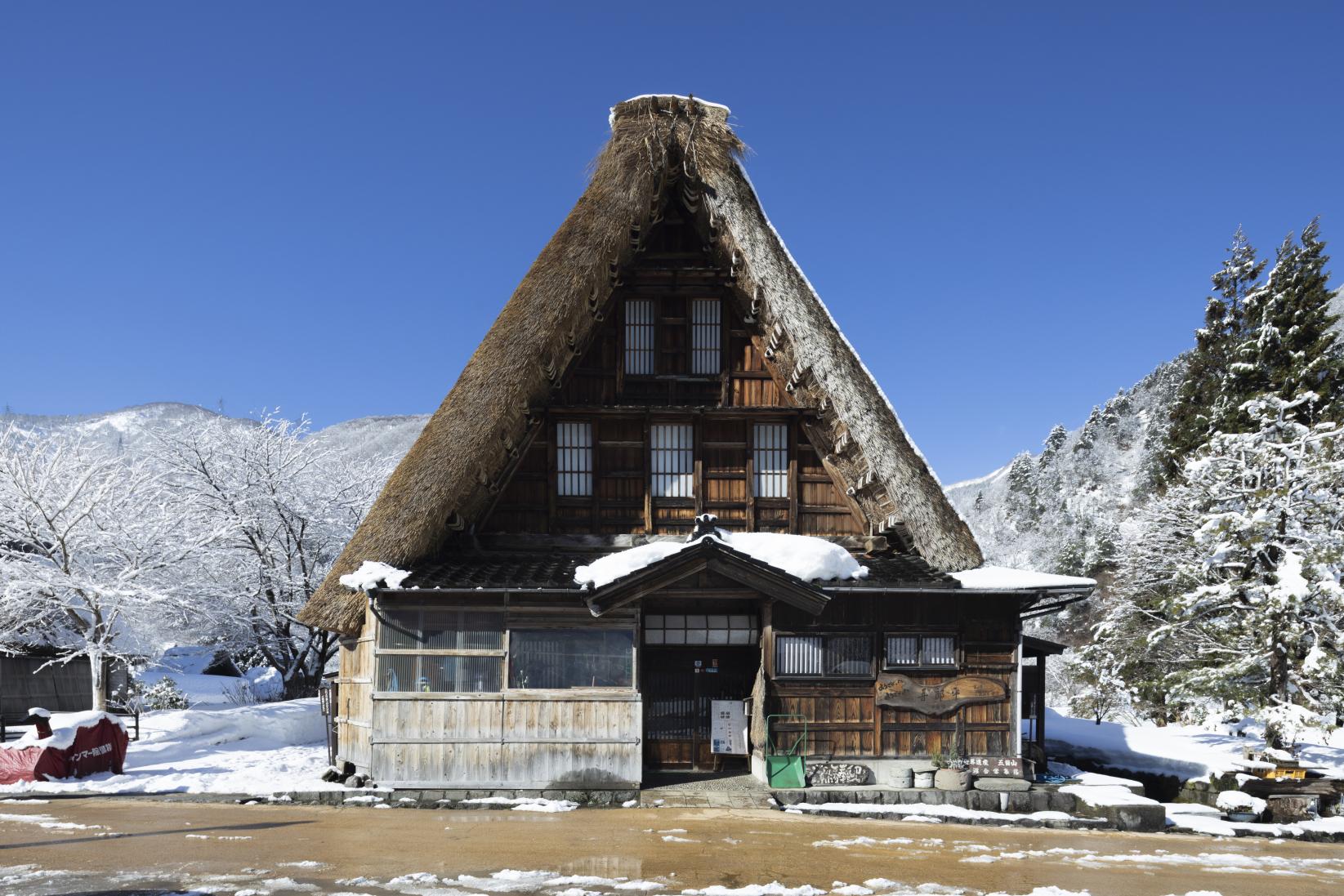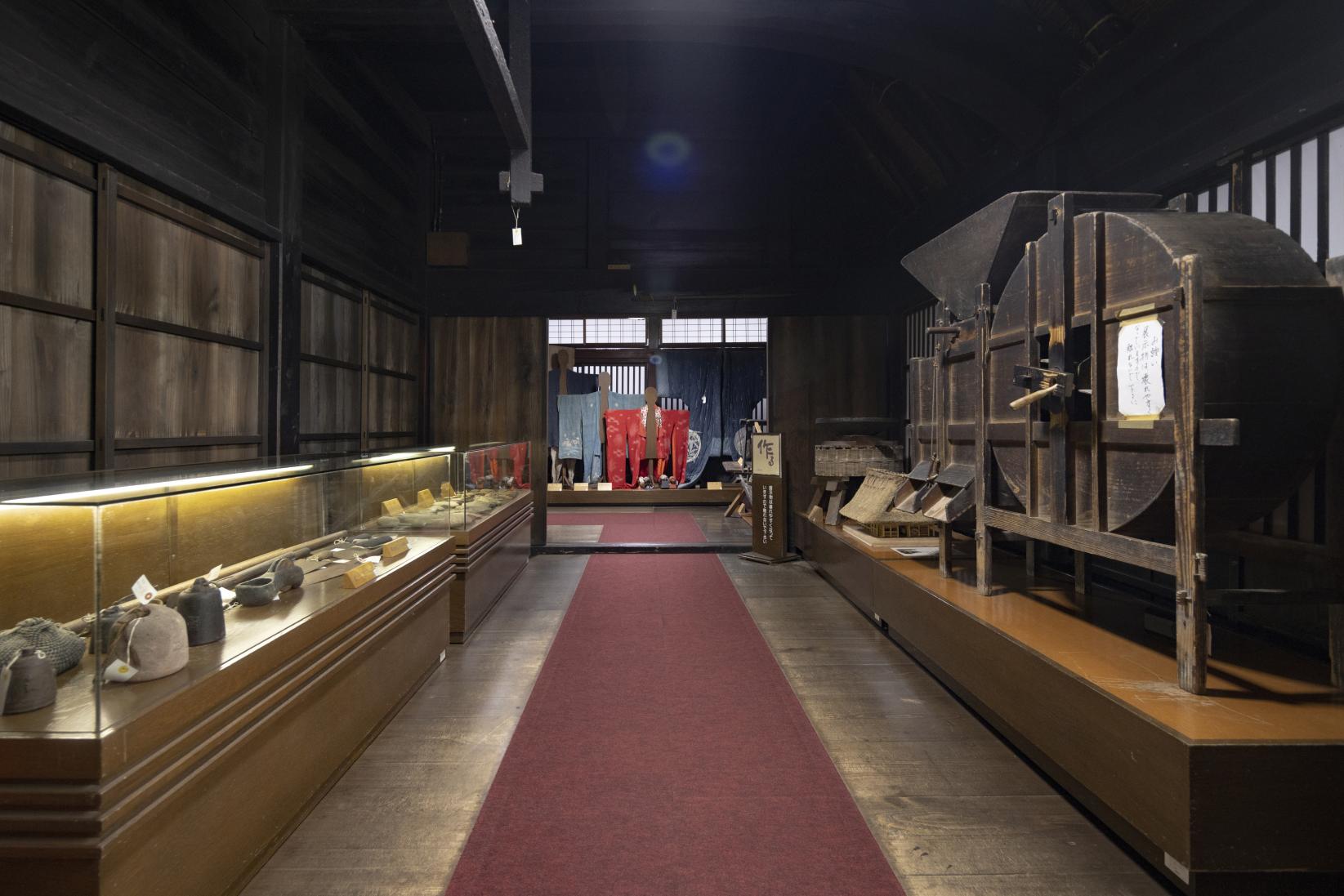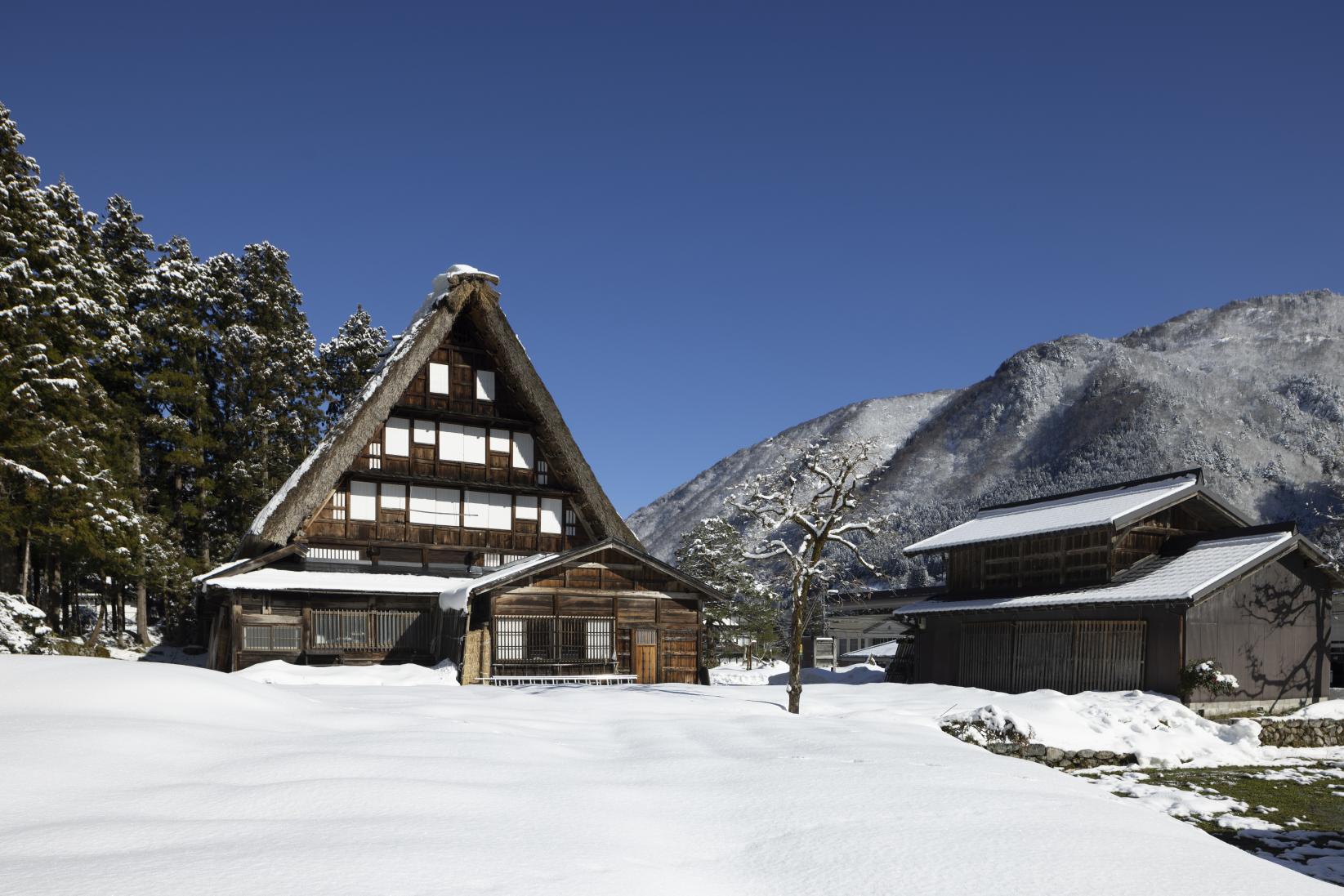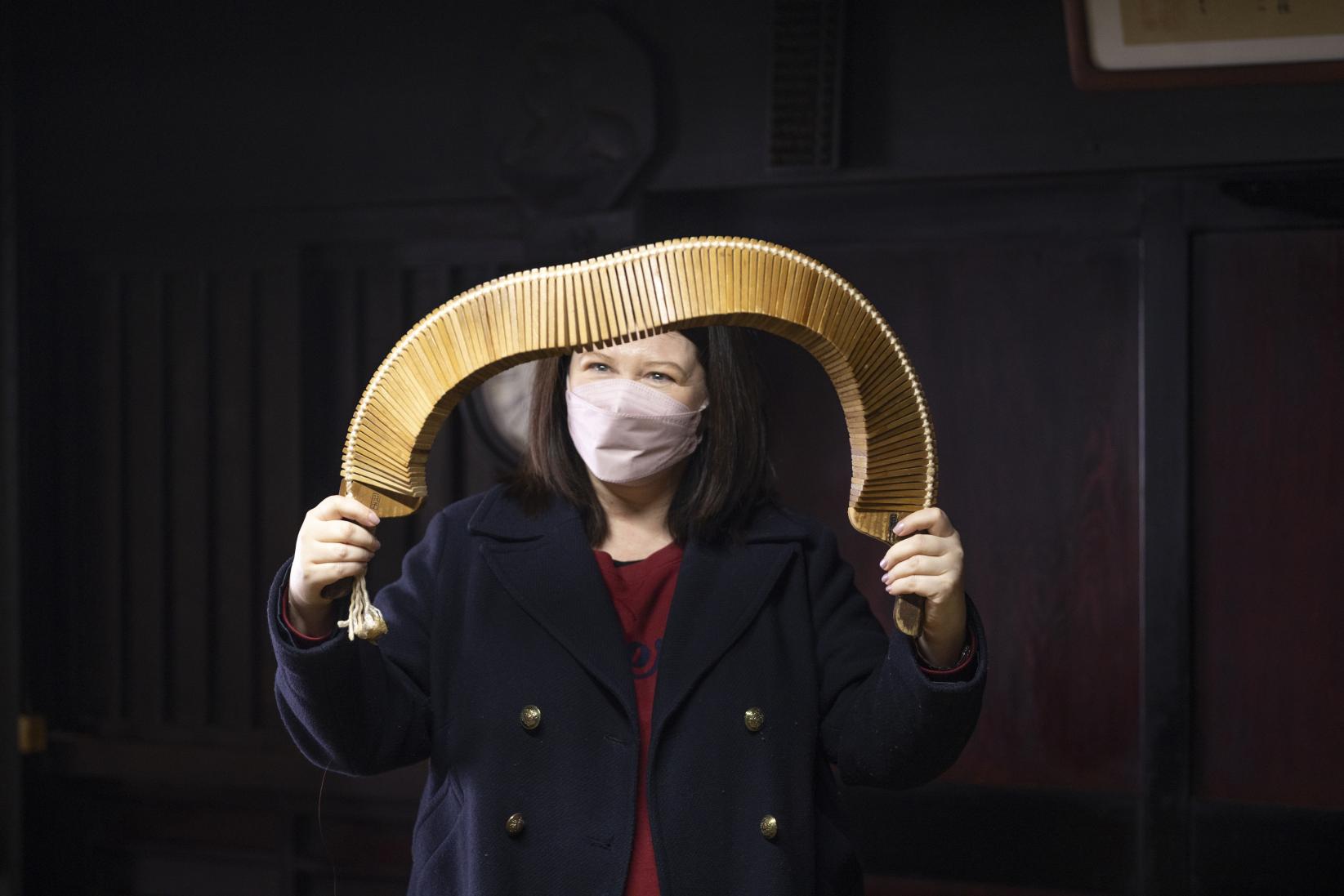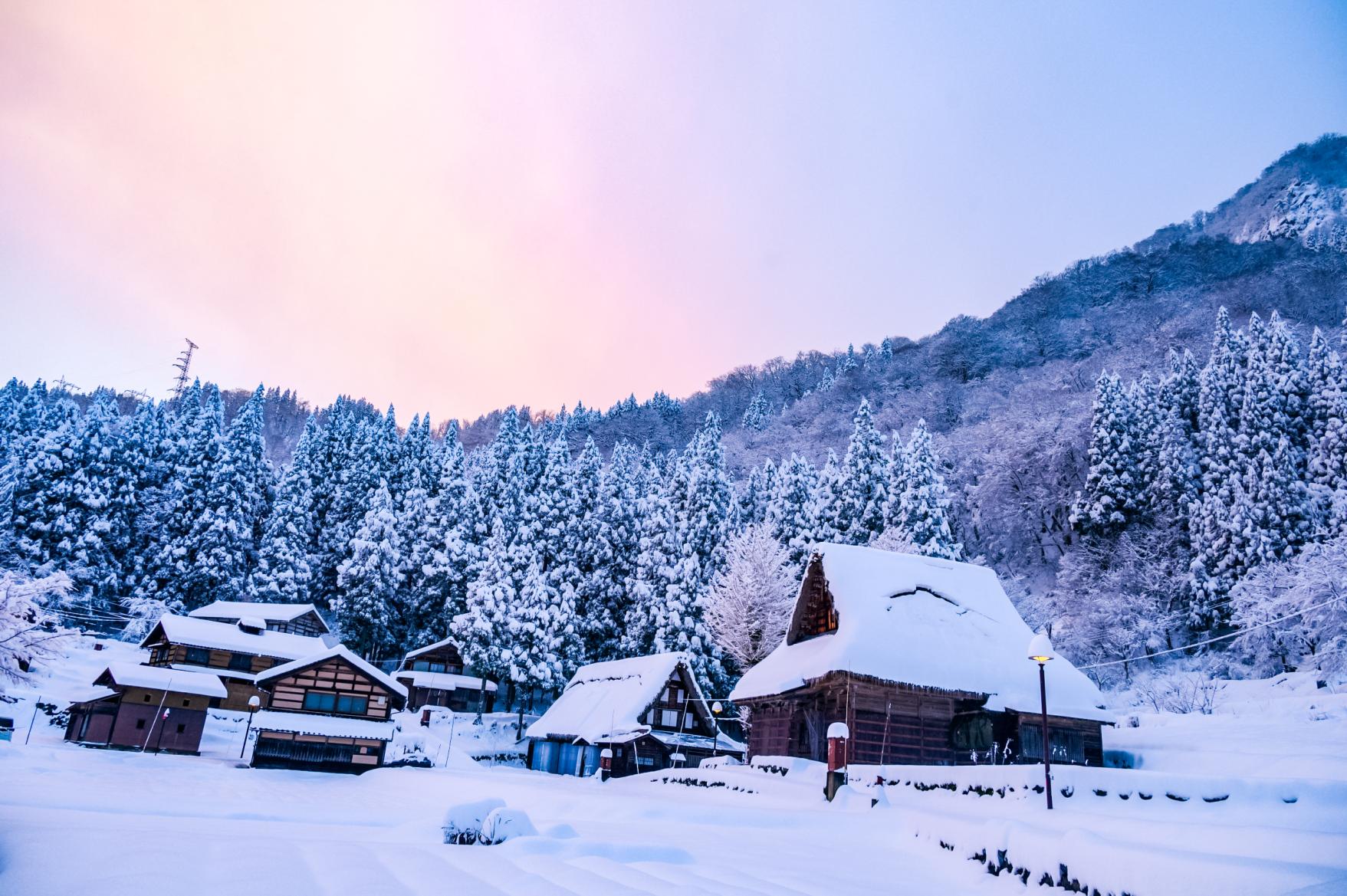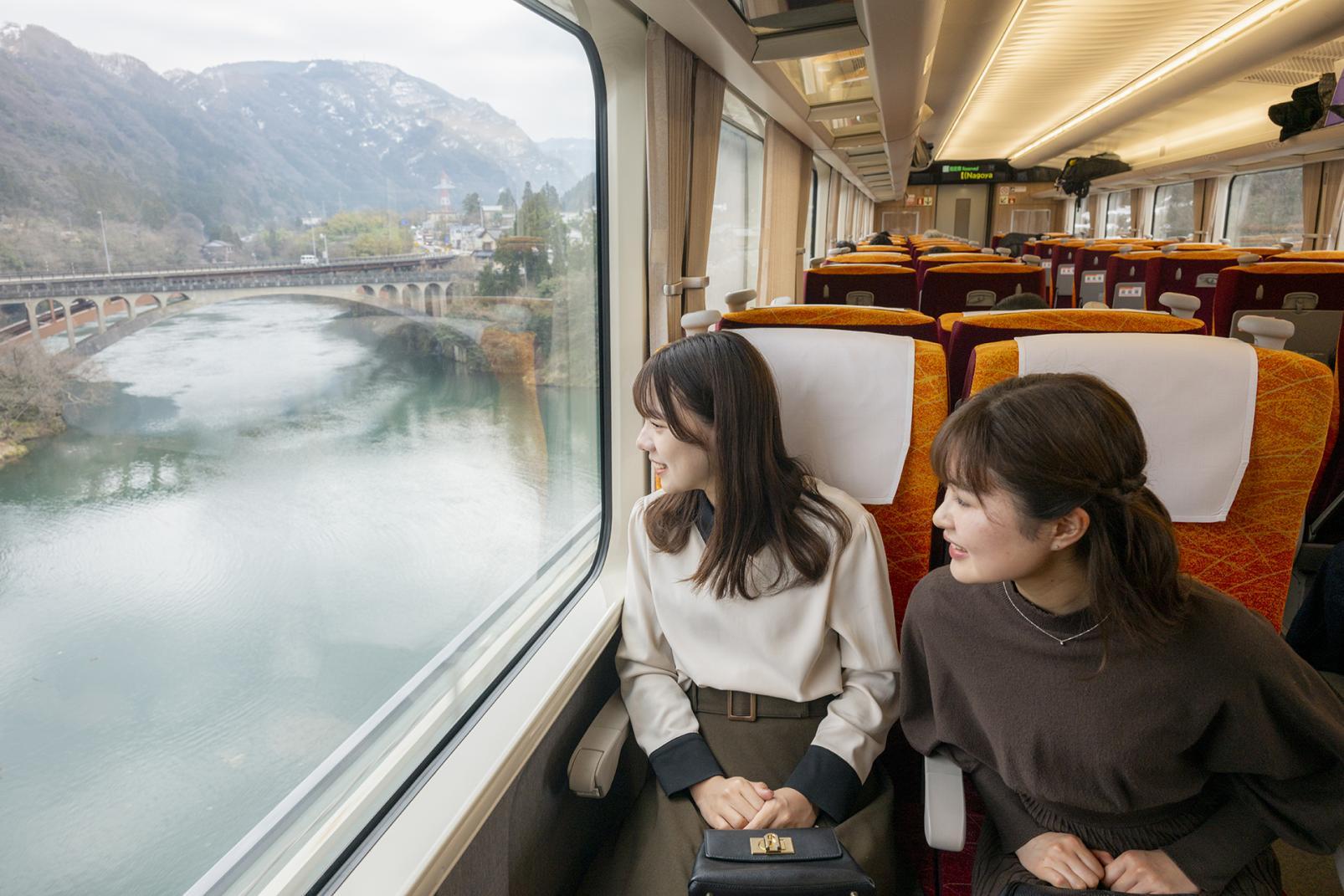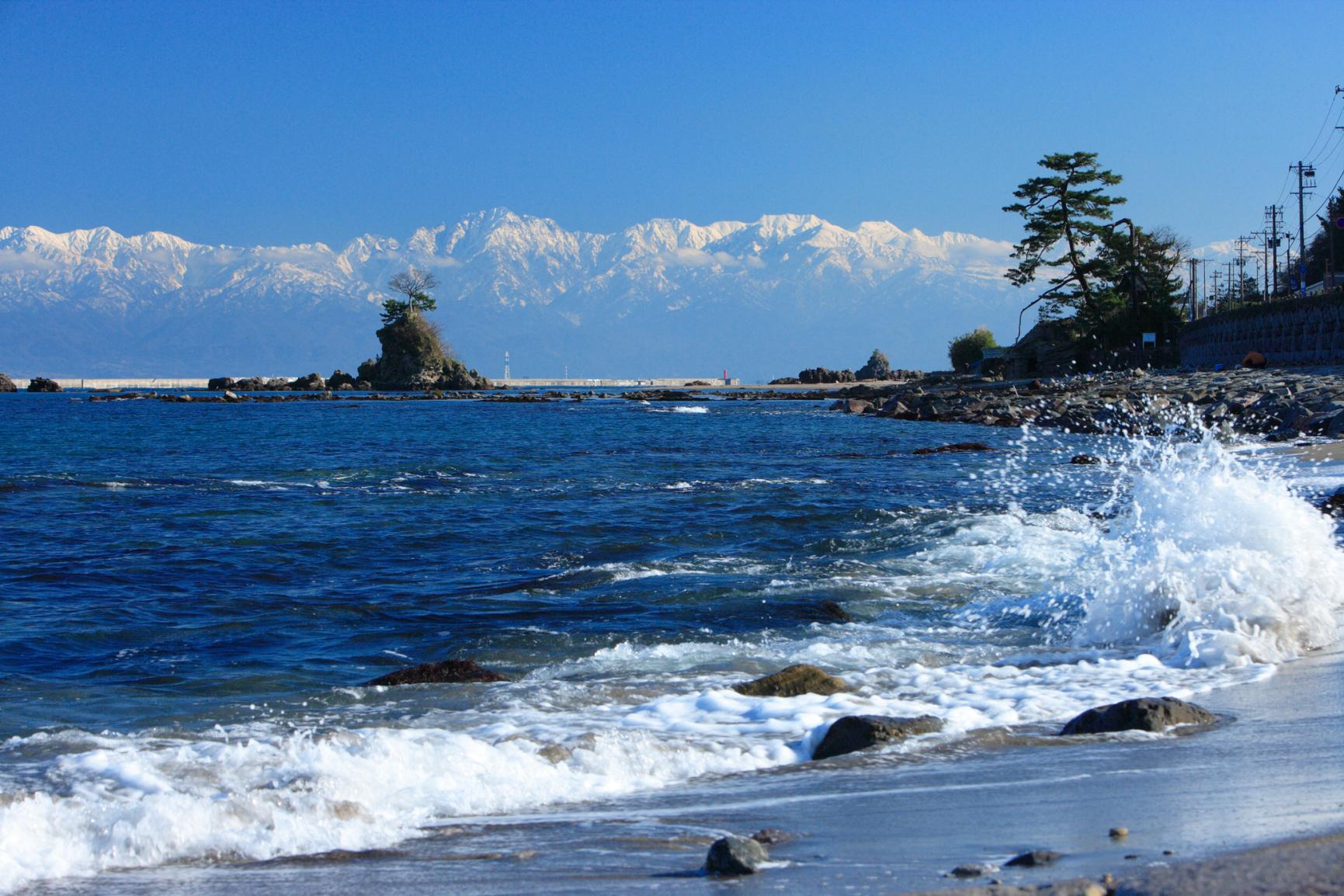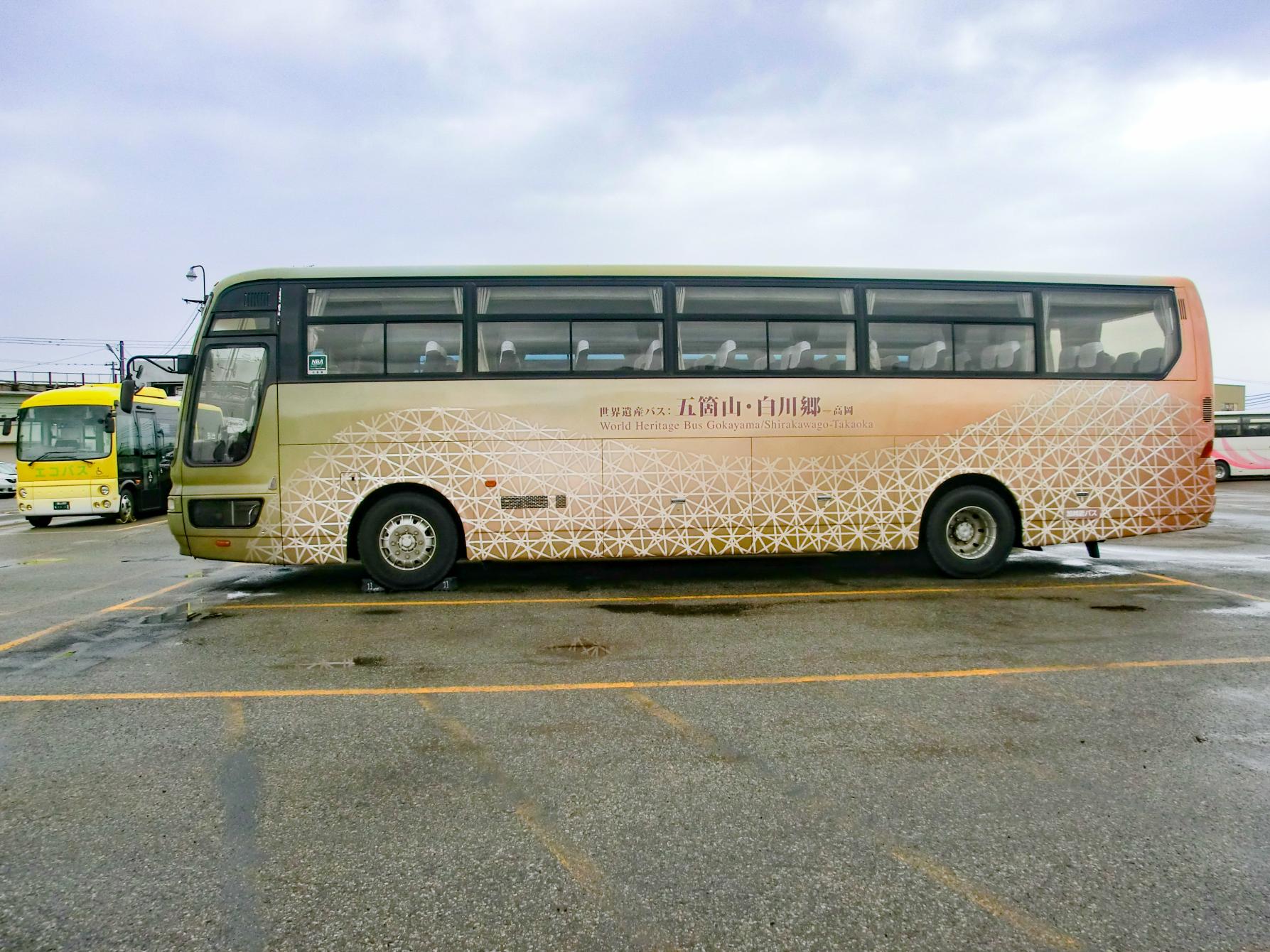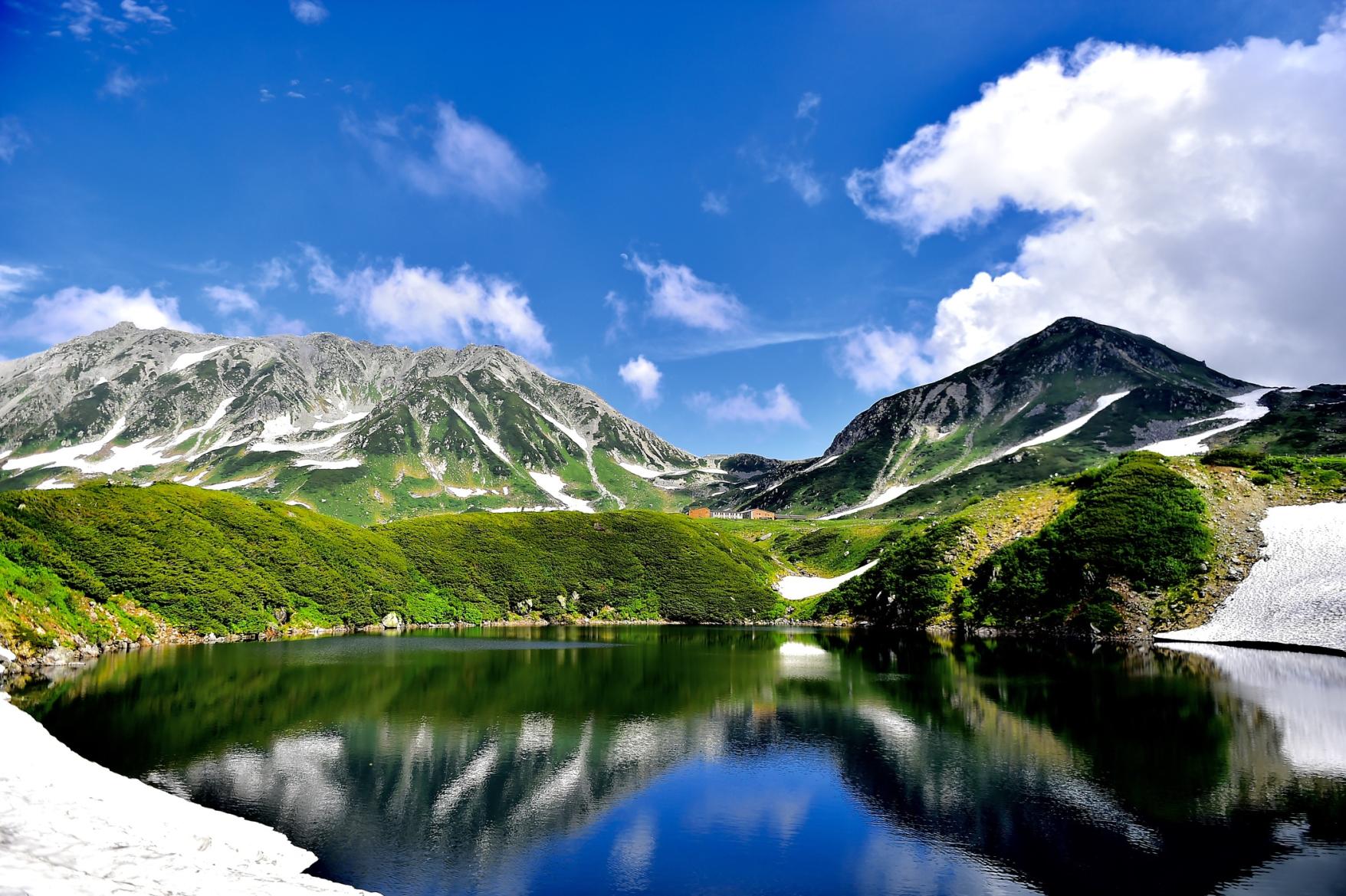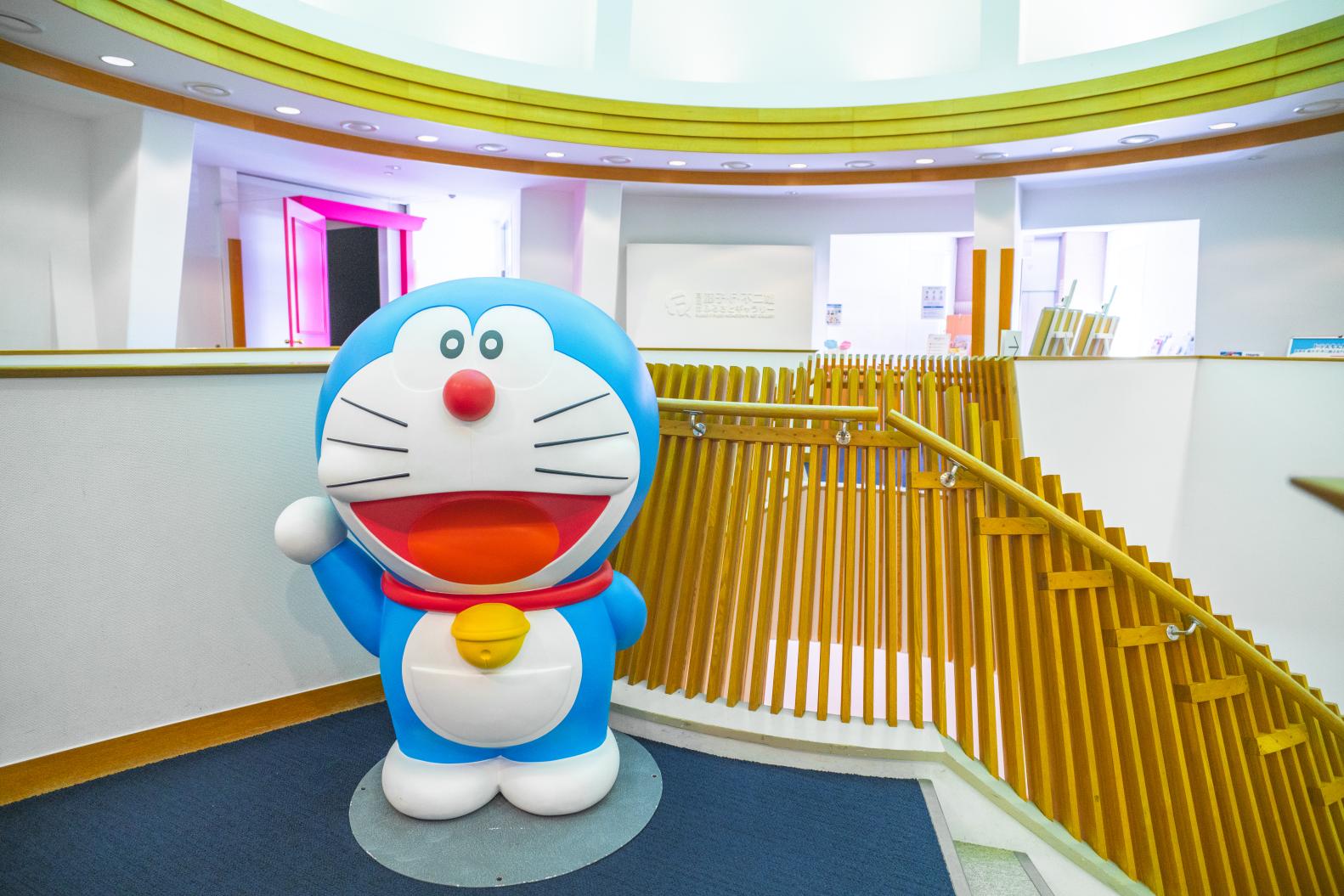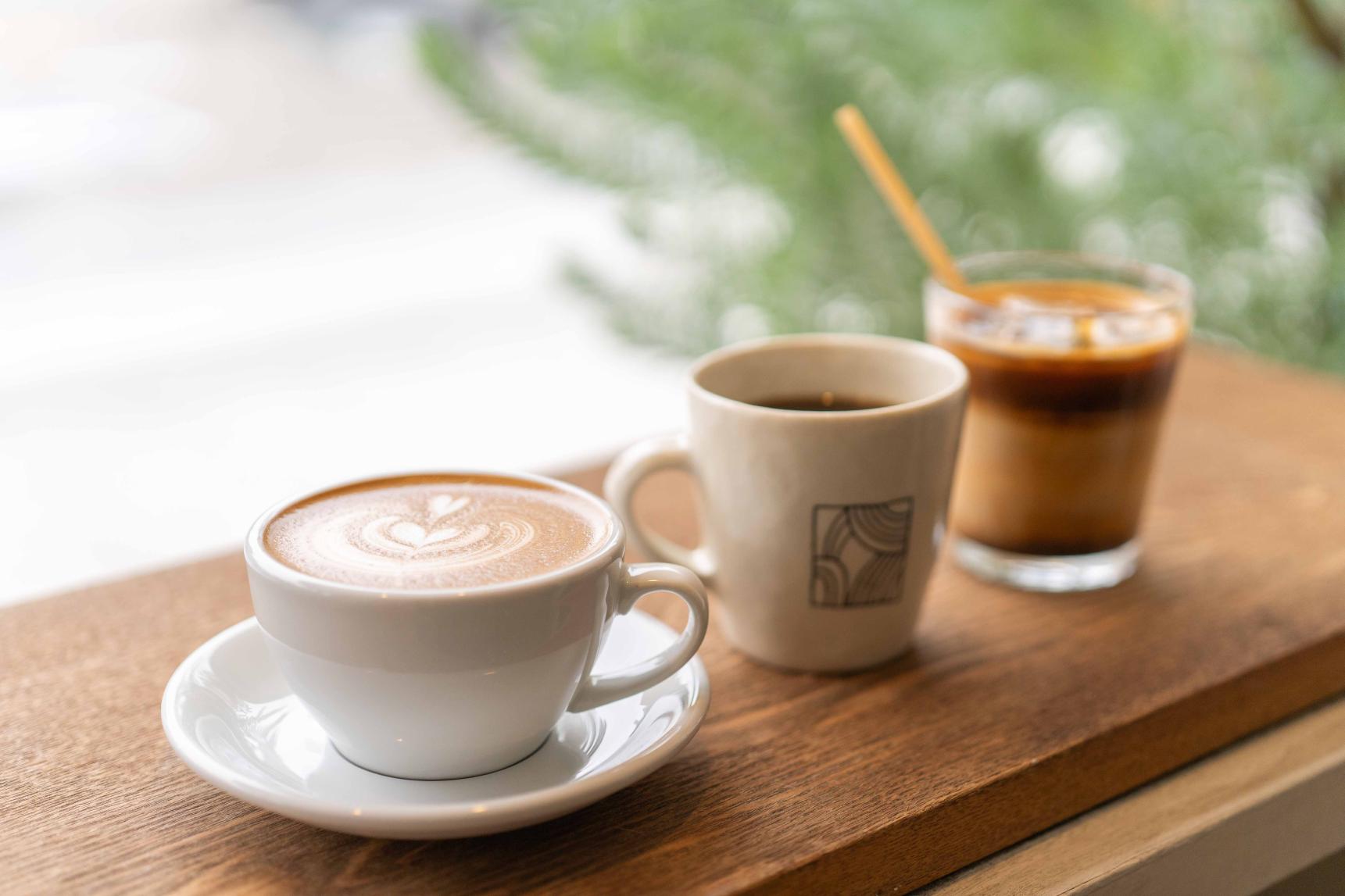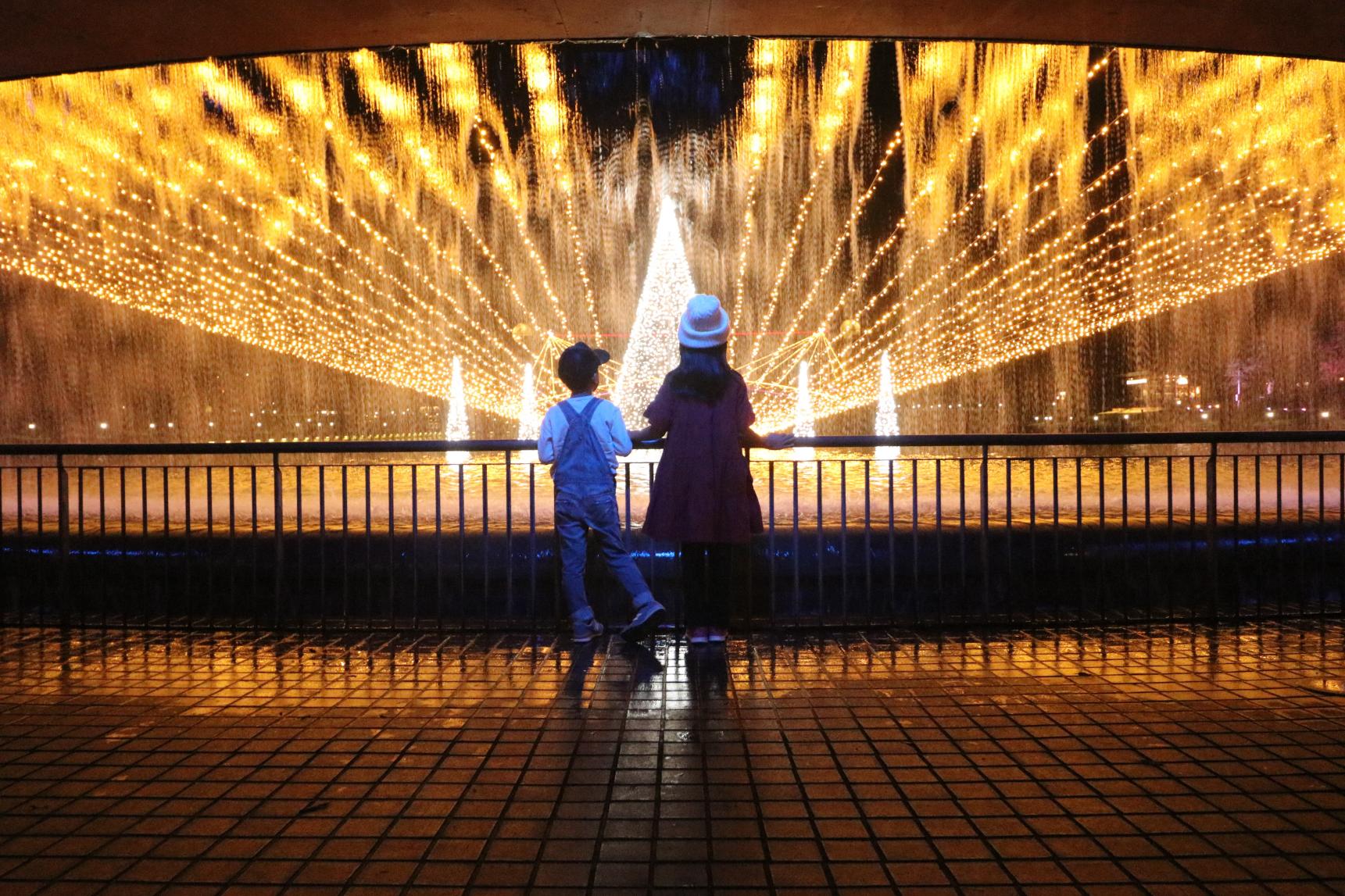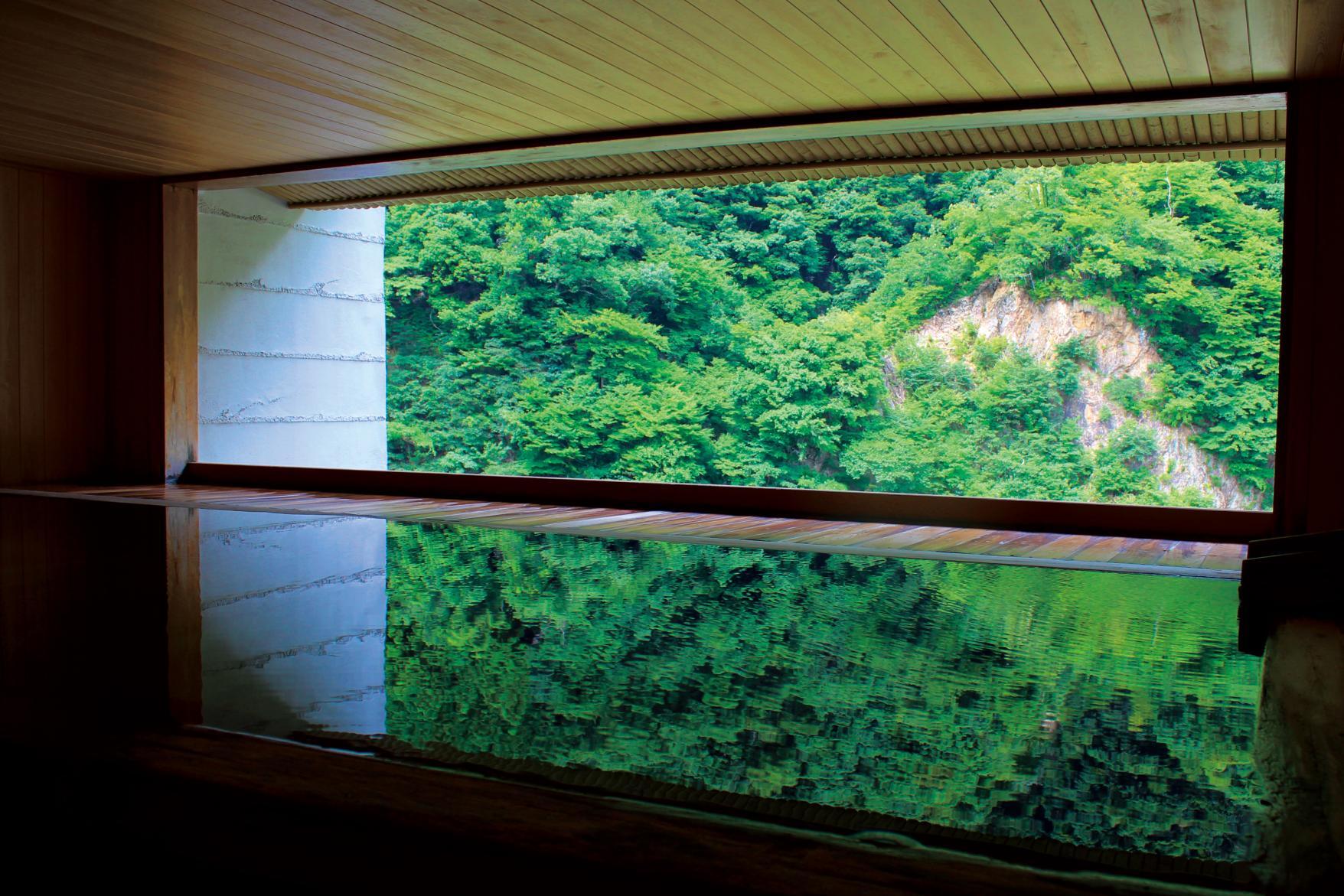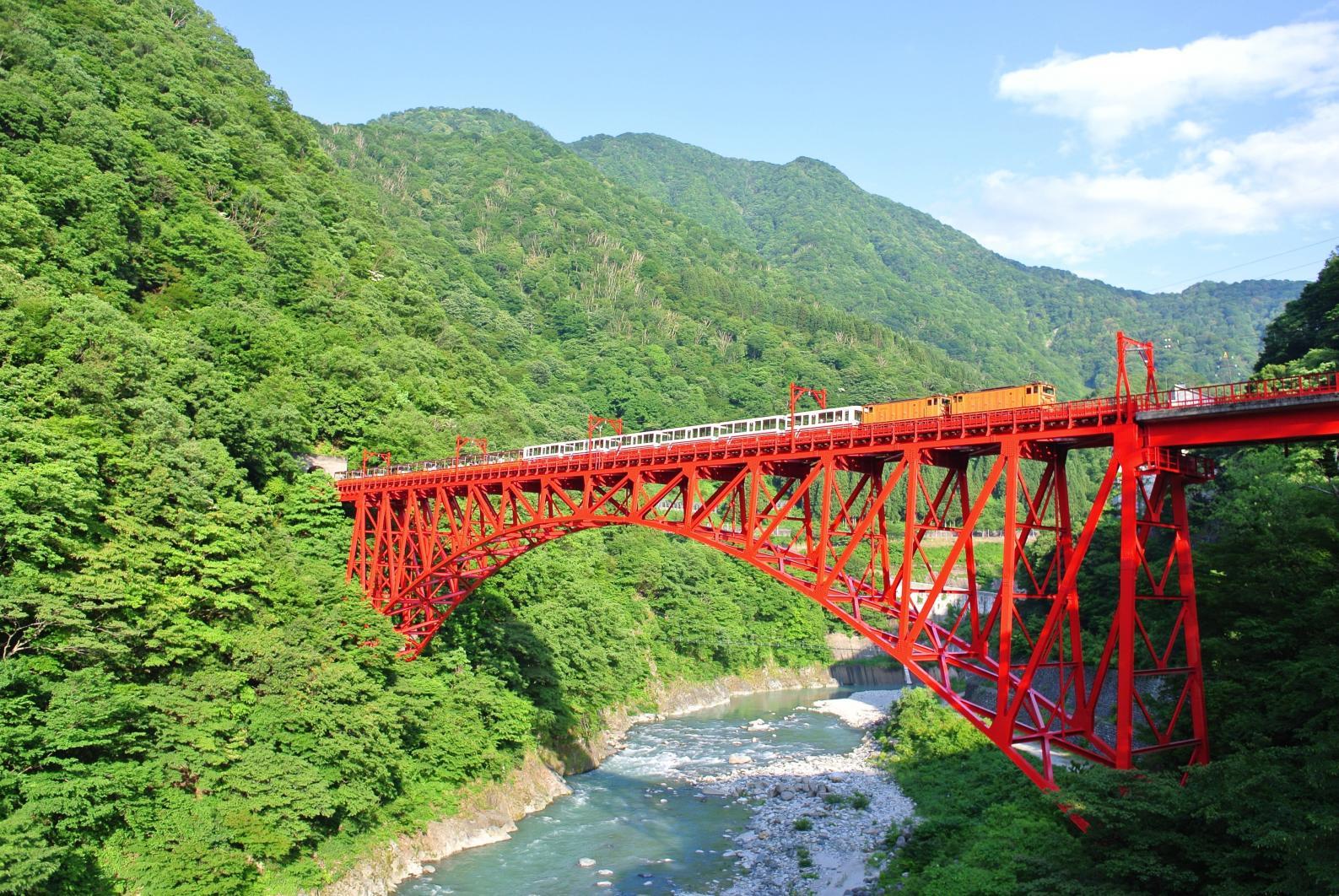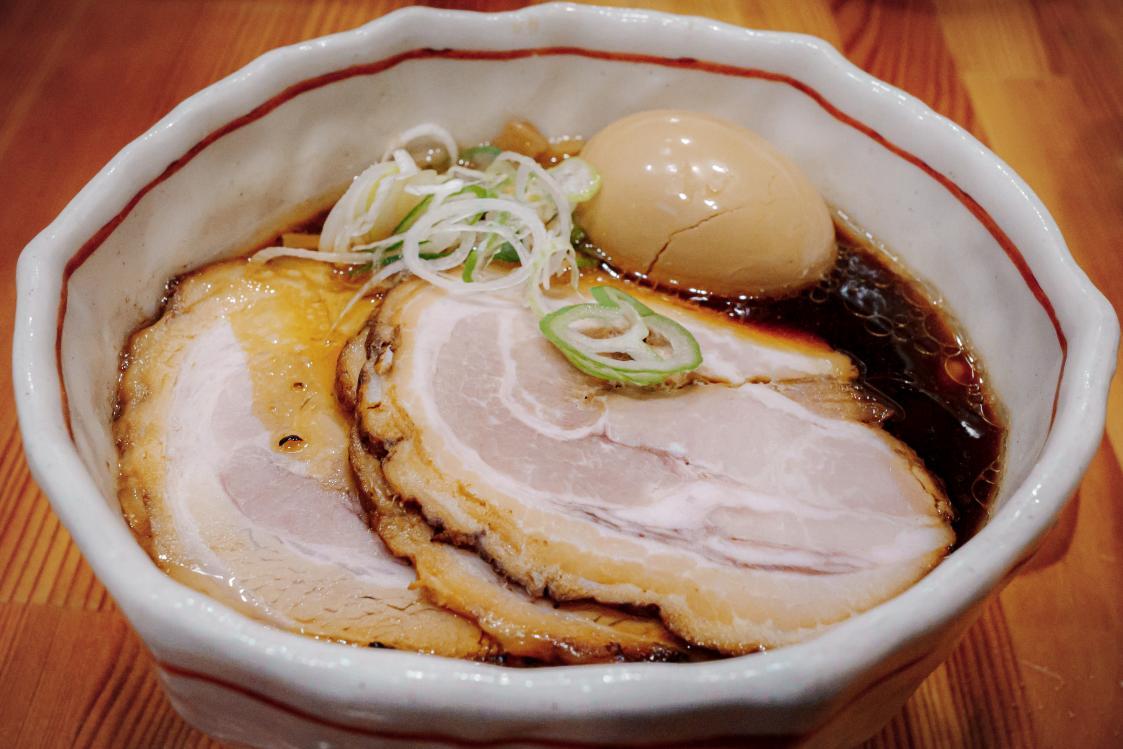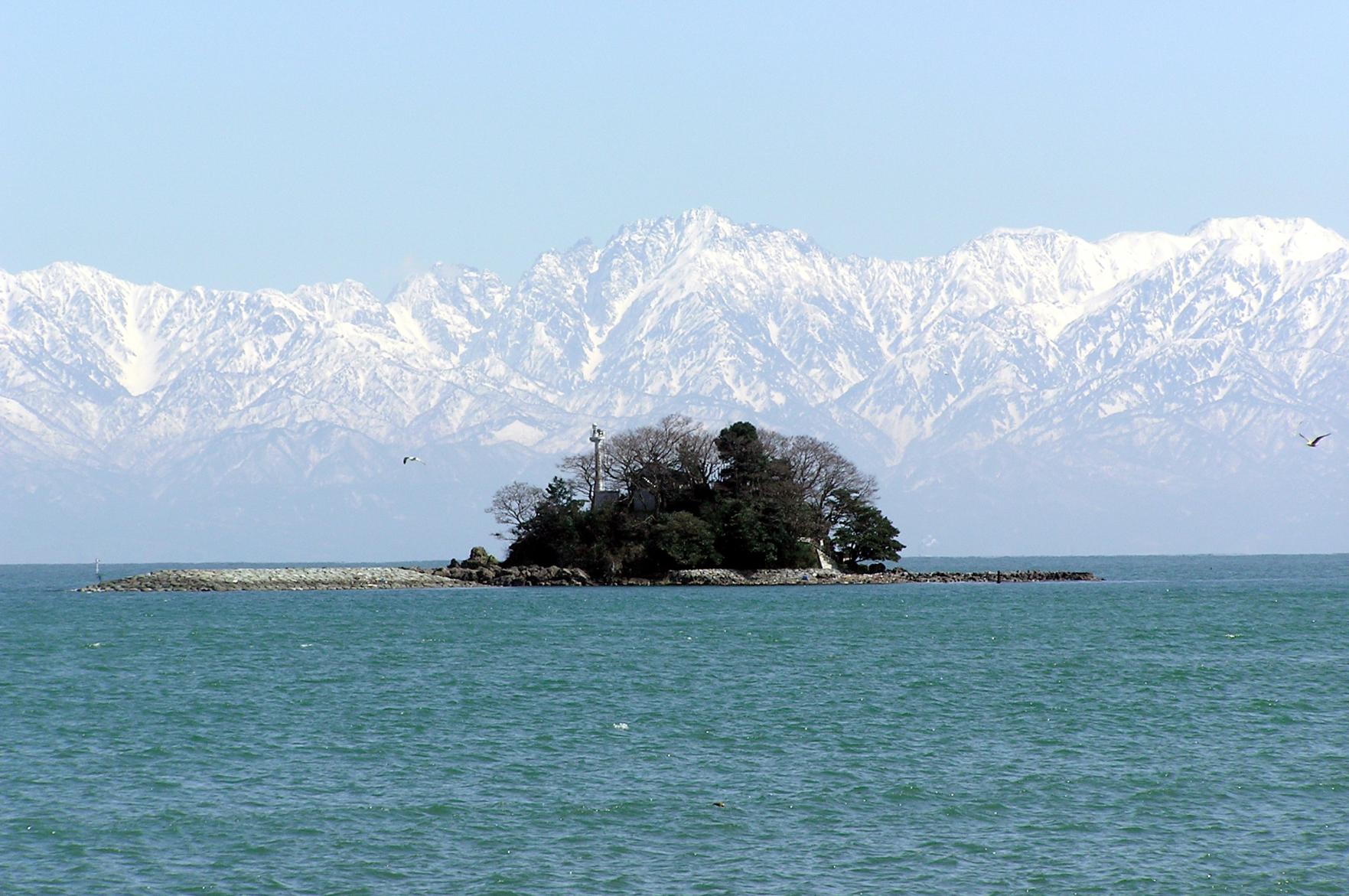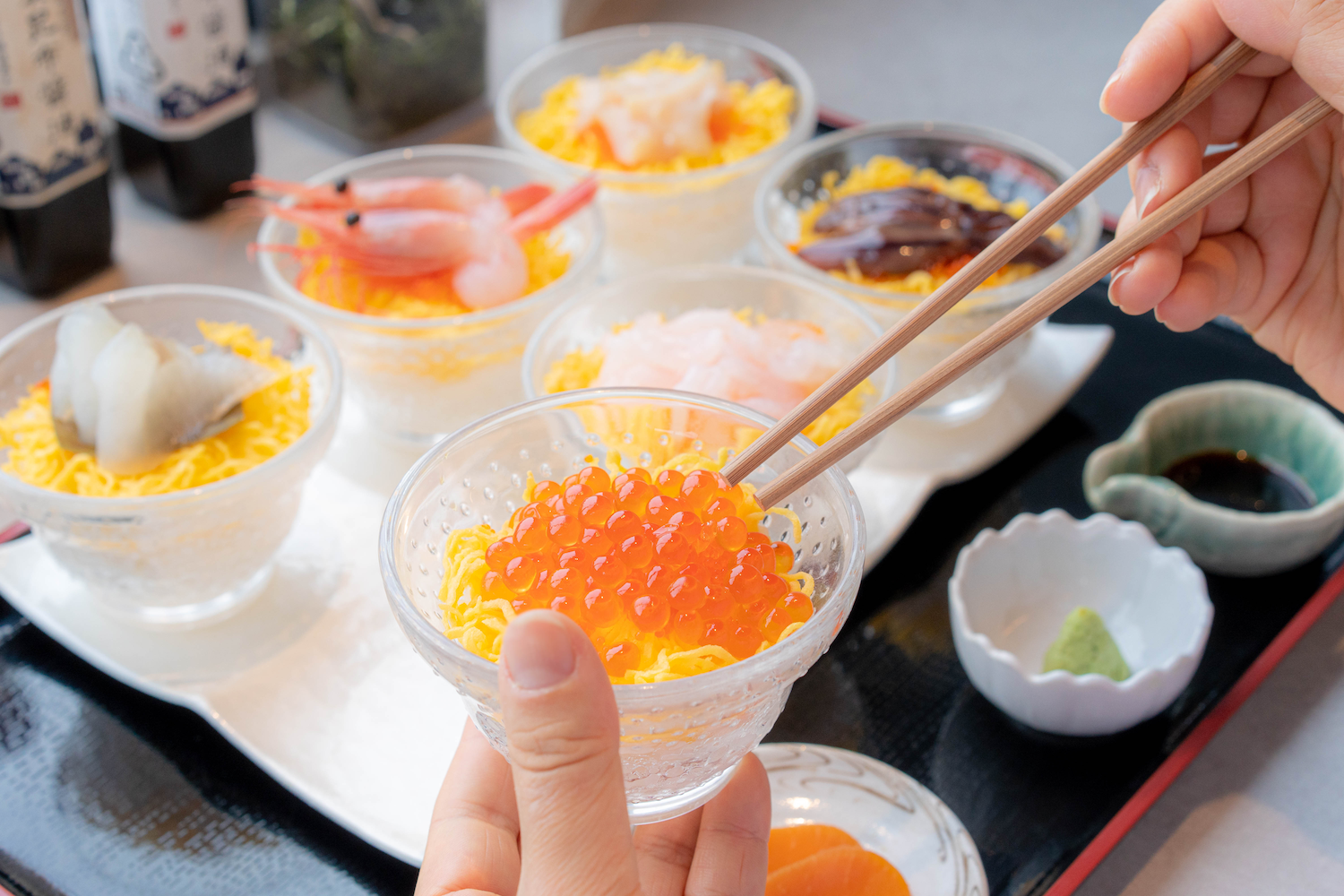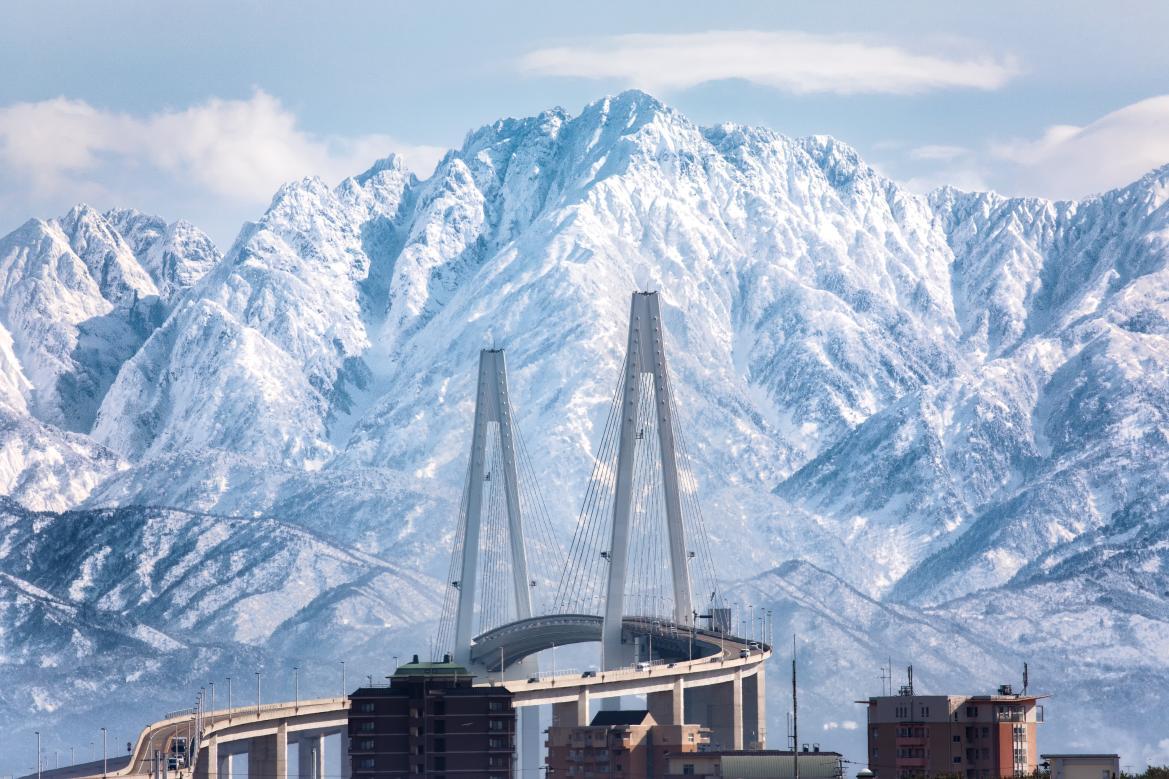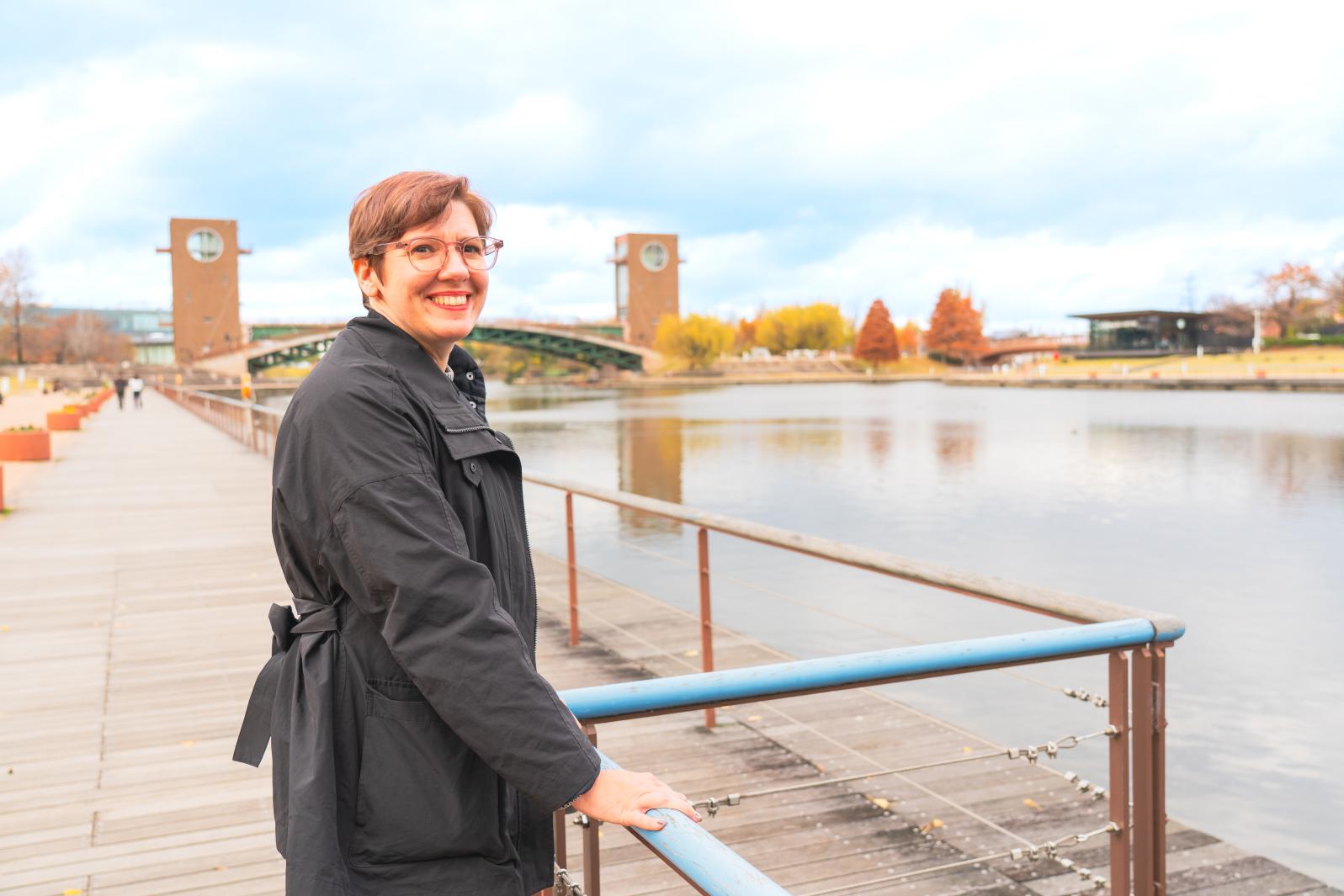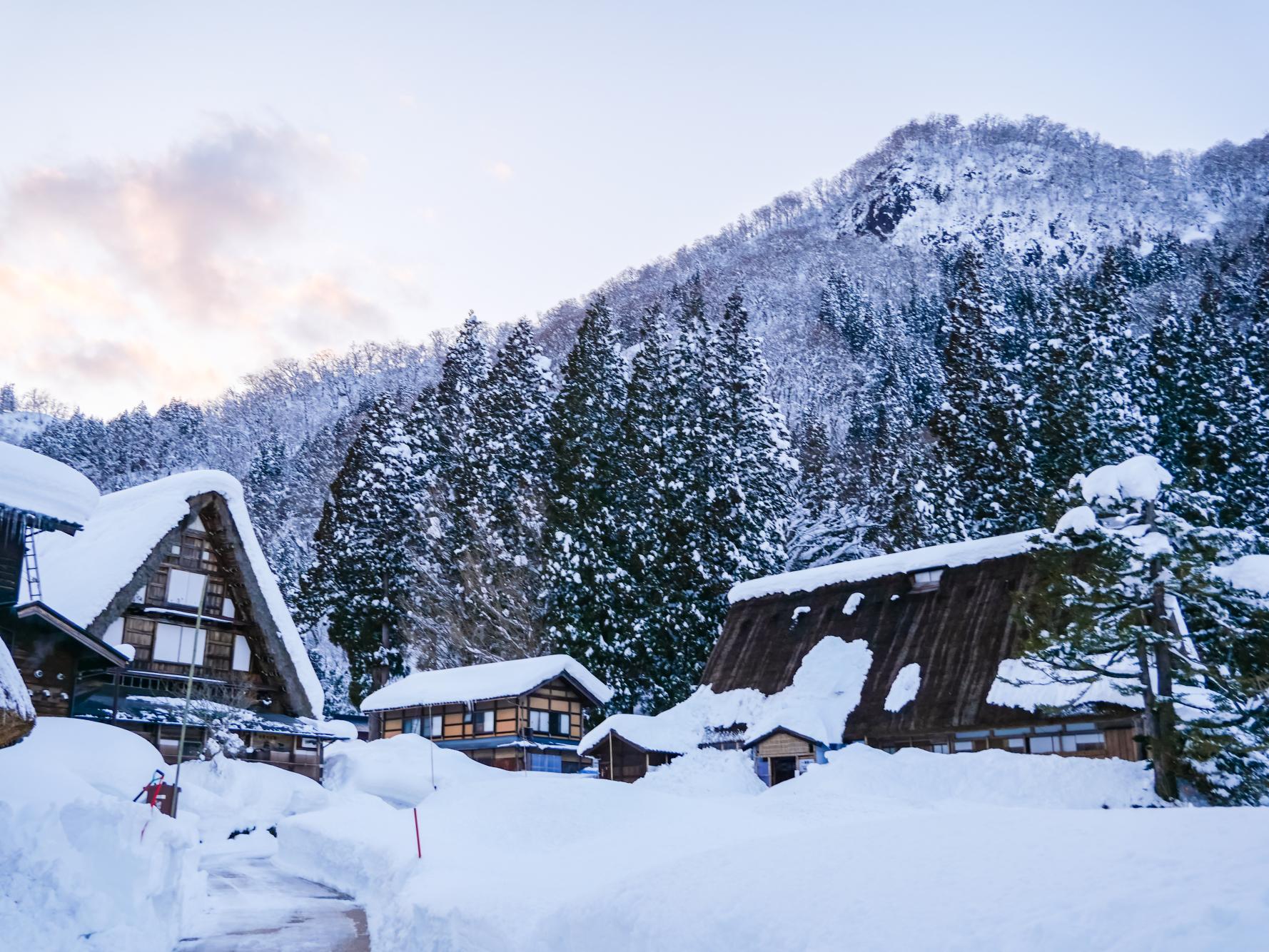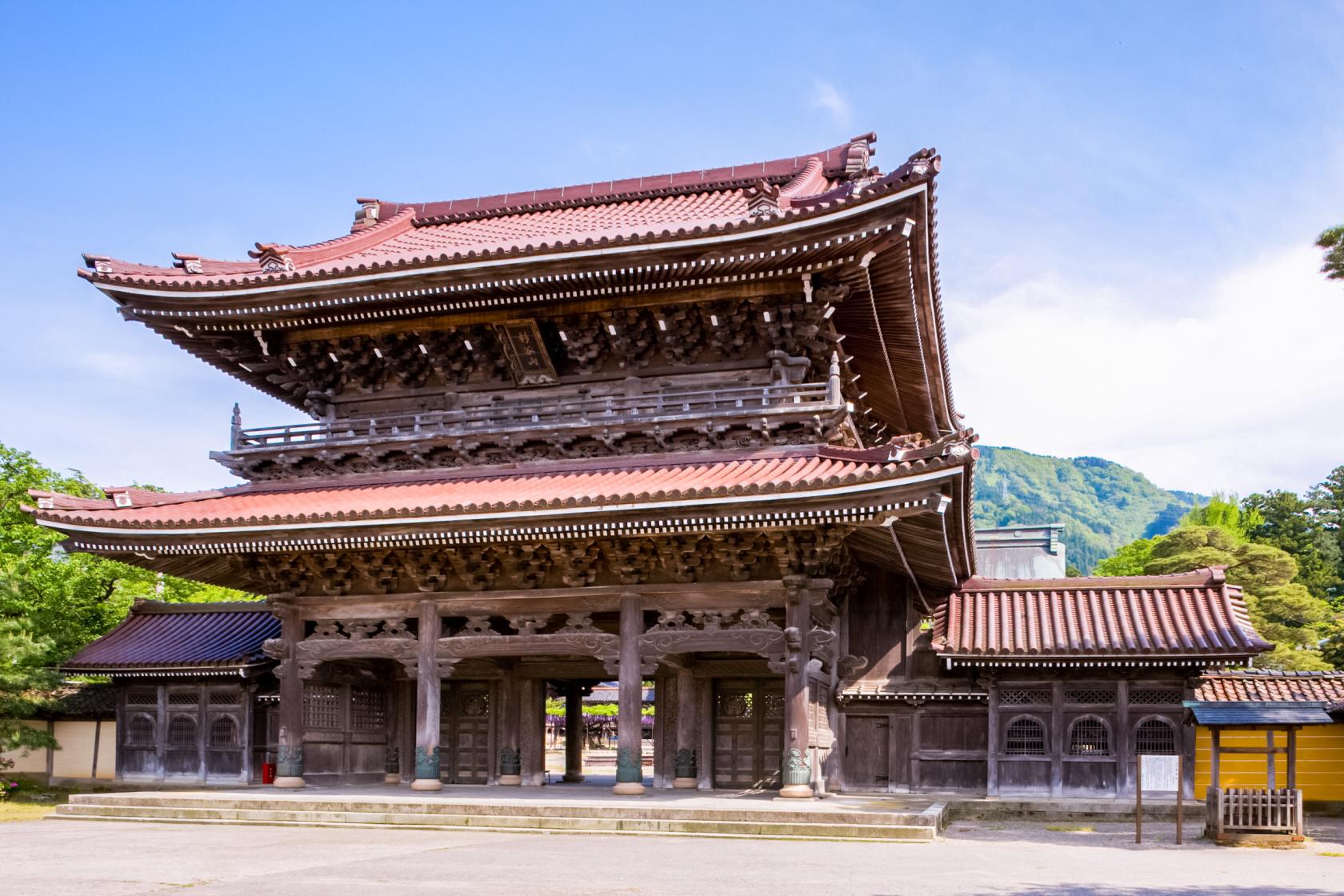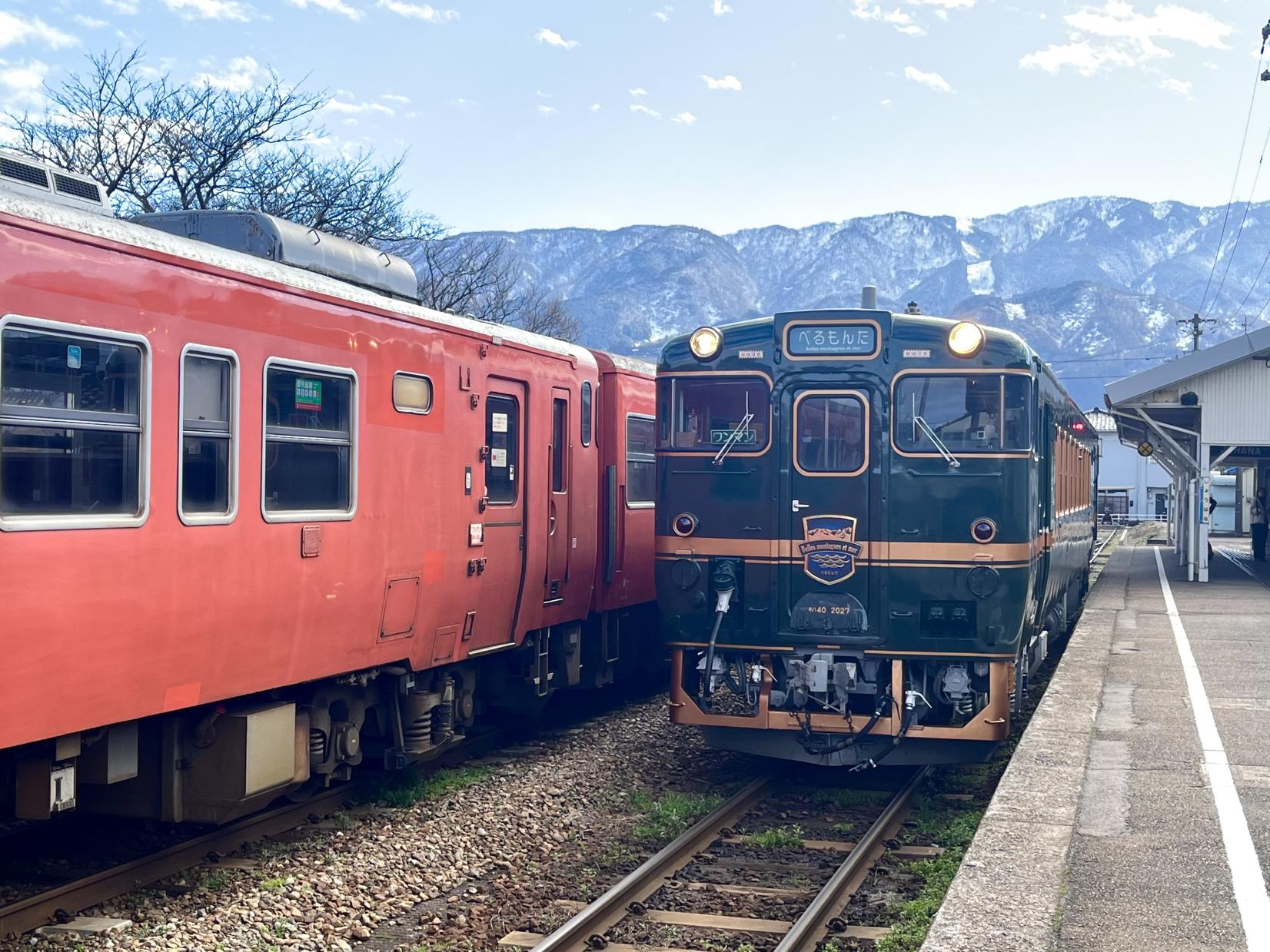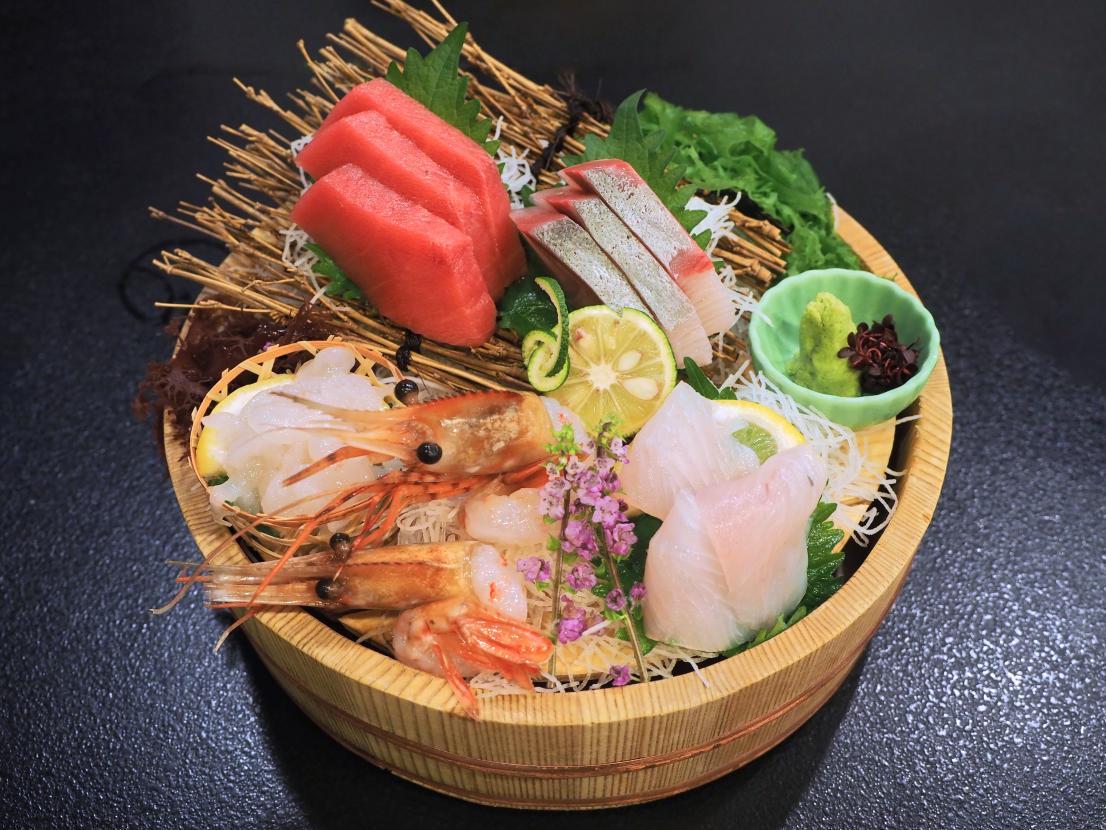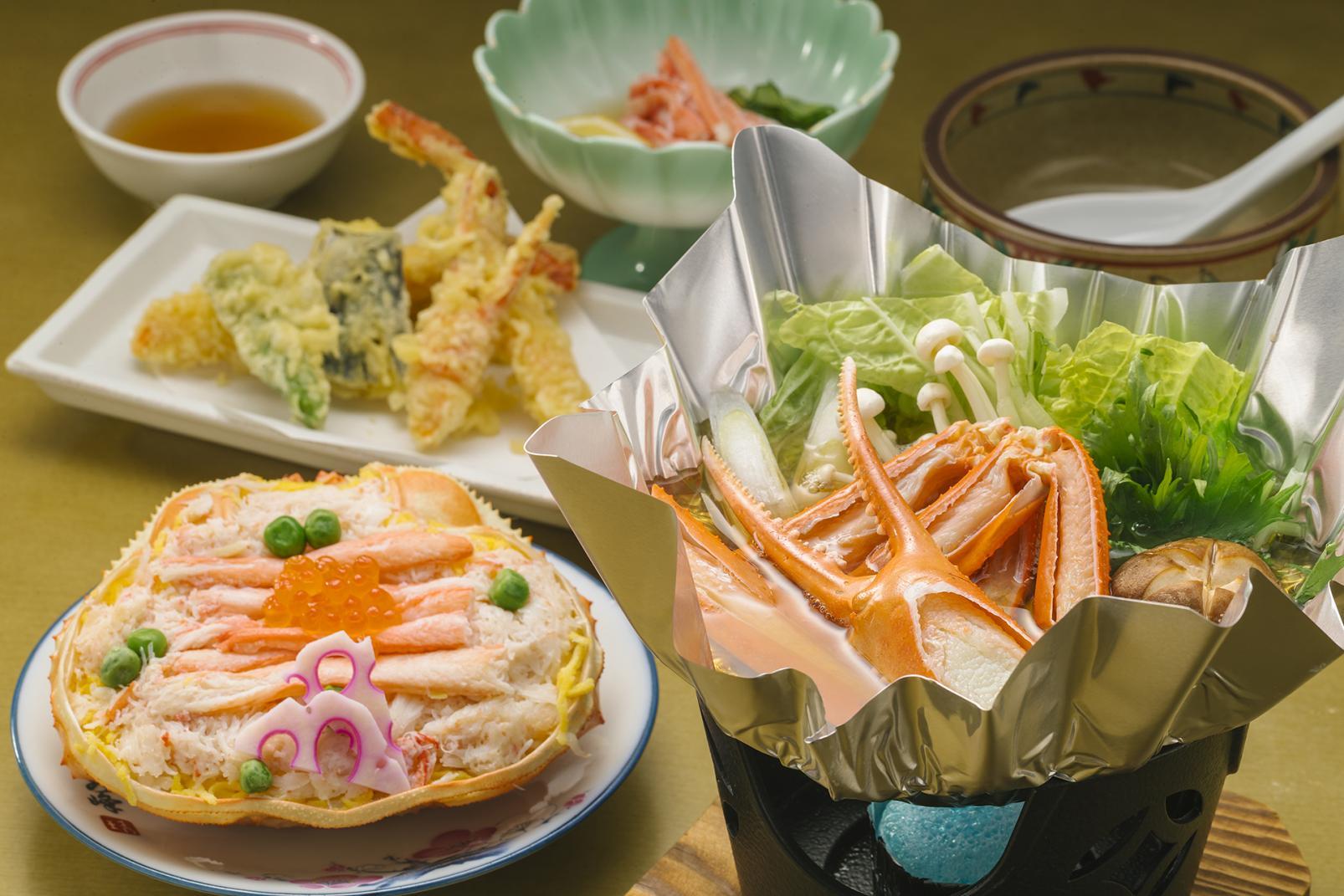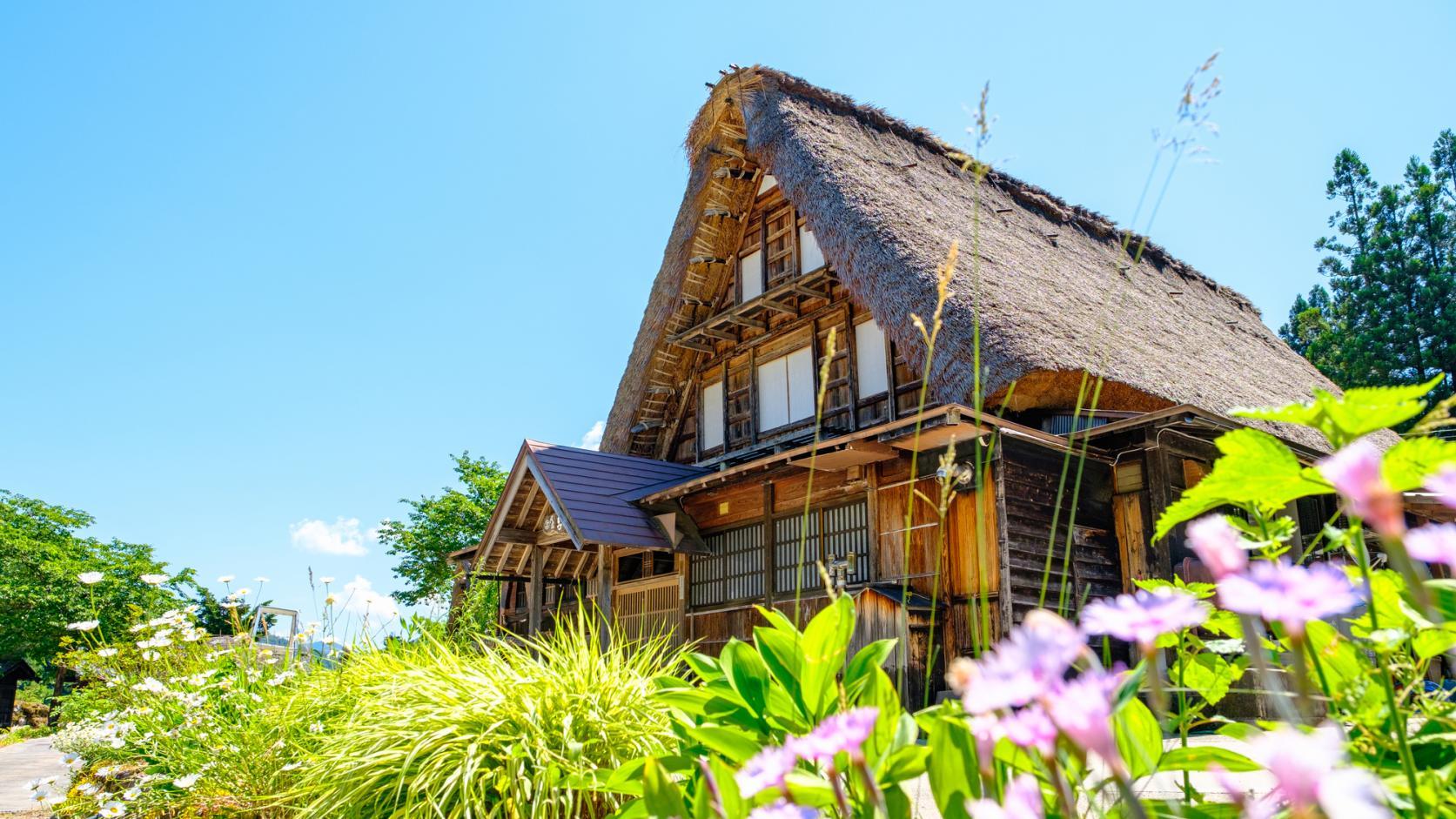
Uncovering Toyama’s Cultural Heritage
The villages, towns, and cities of Toyama Prefecture have been shaped by the arts, crafts, and businesses that the region’s people have pursued over the past several centuries, as well as their spiritual beliefs. Long-established metal casting and wood carving industries—centered around Takaoka City and the Inami region respectively—are emblematic of the towns they developed in parallel with, and artisans in these districts continue to evolve their crafts into the twenty-first century.
In Gokayama, a UNESCO-designated site in the southwest of Toyama Prefecture, isolation enforced by geographical and climatic conditions engendered a singular culture that can still be experienced today. Across Toyama Prefecture, spirited festivals celebrate the region’s cultural traditions, and some of these events are UNESCO-designated.
Vibrant festivals celebrate local culture
A number of annual festivals celebrate the cultural traditions of Toyama Prefecture. Prominent among these is the Takaoka Mikurumayama Festival, held May 1 in Takaoka City. This is one of a handful of Japanese festivals to have been designated UNESCO Intangible Cultural Heritage. The event centers on a parade of giant wheeled floats said to be based on a carriage presented to Maeda Toshiie (1538–1599), the first lord of the Kaga domain, which incorporated parts of modern-day Toyama Prefecture. Two floats, one dating back four centuries, can be seen at the Takaoka Mikurumayama Museum.
Fukono Yotaka Festival is held annually in Nanto City’s Fukuno district from May 1 to 3. To a “soundtrack” of drumming and rhythmic cries, a parade of large, paper-lantern floats culminates on the second night with a “float battle,” in which float-bearing groups attempt to destroy each other’s beautifully lit floats. On the final day, May 3, ornately carved wooden floats from Nanto’s four towns are paraded through the streets as part of a portable shrine procession. Fukuno Yotaka Festival is a registered UNESCO Heritage for the Future event.
Johana Hikiyama Festival takes place May 4 and 5, in the area around Shinmei-gu Shrine in the historic town of Johana, Nanto City. From the evening of May 4 and continuing throughout May 5, a parade with floats, singing, and traditional dance is led through the town. Shishimai lion dancers lead the procession, and a succession of floats carry town residents who sing traditional songs. A highlight of the parade are the Johana Hikiyama floats which carry giant figures of Shinto deities. Johana Hikiyama Festival is designated UNESCO Intangible Cultural Heritage. Floats and other exhibits related to the event can be seen at the Johana Hikiyama Exhibition Hall.
Etchu Owara Kaze-no-Bon is a lantern-lit folk festival held September 1 to 3 in the old town of Yatsuo, southwest Toyama City. The event is part dance, and part song, with music played on shamisen (a traditional string instrument) and accompanied by high-pitched vocals. It has been held for the past three centuries, and draws large numbers of visitors to Yatsuo’s historic streets. Film footage of the festival can be viewed on a large screen at the Yatsuo Owara Museum.
Toyama Prefecture temples: Tranquility, grace, and mystery
Kokozan Zuiryuji, in Takaoka City, is an example of Zen Buddhist temple architecture from the early Edo period (1603–1867). It was constructed in the mid-seventeenth century to enshrine the second lord of the Kaga domain, Maeda Toshinaga, who began Takaoka’s development into a thriving industrial town. The temple complex took around 20 years to build, and the arrangement of its various structures displays an aesthetically pleasing symmetry. The restrained splendor of these buildings illustrates the wealth of the Maeda family that once ruled the region. Several of these structures, including the Buddha Hall, are designated National Treasures.
Unryuzan Shokoji is another key temple located in Takaoka City, and a designated Important Cultural Property. Its main hall dates from the late Edo period, and in contrast to the tranquil atmosphere that pervades today, Unryuzan Shokoji was once a fortified temple. During the Sengoku period (1467–1568), Shokoji was embroiled in a large-scale uprising known as the Kaga Rebellion, serving as a base for the Ikko-Ikki movement which united disaffected peasants and followers of Jodo Shinshu Buddhism. Today, the tranquil temple is better known for its “seven mysteries”, which include a fruitless ginkgo tree, and a pond that never dries up.
Craft heritage that continues to evolve
Takaoka metal casting
Takaoka City was established as a thriving metal casting industry centered upon the Kanayamachi district (literally, “metal merchants’ town”). This industry developed here after Maeda Toshinaga invited seven metal casters to set up shop in Takaoka after he commissioned Takaoka Castle and founded the town in the early seventeenth century. Copper was cast and worked in these early days, and the city subsequently earned a reputation as one of the country’s leading copperworking regions.
Many metalworking artisans continue to pursue their craft in Kanayamachi and wider Takaoka City, creating works ranging from Buddhist ritual objects to contemporary homewares. Rows of historic wood-latticed buildings remain in Kanayamachi, with some of them housing metal-related businesses. At Otera, a gallery-shop housed in a former metal casting workshop, you can experience making your own one-of-a-kind metal accessory. Kanaya is a brand and shop offering contemporary interior goods made in Takaoka’s metalworking workshops.
Inami Woodcarving
A catastrophic fire is believed to have been the catalyst for Inami developing into a town known for wood carving. After Inami’s Zuisenji Temple was destroyed by fire in 1762, skilled carvers were brought from Kyoto to help rebuild, and to teach their techniques to local artisans. Over time, Inami’s carvers became renowned for their skill in creating intricate, “three-dimensional” features that can require as many as 200 different tools.
At Inami Wood Carving Composite Hall, visitors can see examples of Inami carving, ranging from Buddhist artifacts to contemporary art pieces. Michinoeki Inami, next to the exhibition hall, offers the chance to experience carving for yourself. Nearby, visitors can see examples of Inami carving at Zuisenji Temple.
Gokayama: A singular culture shaped by nature
The distinctive gassho-style houses dotted along the Shogawa River in southwestern Toyama Prefecture have steep triangular thatched gable roofs, said to resemble hands in prayer, whose design allows snow to slide off.
Until the early twentieth century, this region was cut off for parts of the year by the steep mountains and heavy snow, and this isolation engendered unique architecture and cultural practices. Gokayama collectively refers to a handful of areas with gassho houses in Toyama Prefecture. The two largest villages are Ainokura and Suganuma, and these are designated World Heritage Sites, together with Shirakawa-go's Ogimachi village in Gifu Prefecture.
Many of the houses were built in the eighteenth century, and at the villages’ peak, there were around 1,850 gassho houses in Toyama and Gifu prefectures. Presently, around 180 buildings survive. Ainokura has 20 gassho-style houses. Several serve as folk museums, restaurants, and lodgings, but the rest are private homes. There are nine gassho-style houses in Suganuma, clustered around a pond.
The Gokayama Folk Museum gives an insight into the history and traditions of the area. Silkworm cultivation, agriculture, and production of saltpeter (used in gunpowder) and washi paper were industries engaged in by gassho occupants.
One of the largest gassho-style houses in Japan is the Iwase Residence, in the village of Nishiakao. This five-story house was built in the mid-eighteenth century. Visitors can explore the attic spaces, sit around the sunken hearth to learn about the history of the house, and try playing traditional folk instruments.



